EXTREMELY RARE! WWII SECRET 1942 Solomon Islands & Kiska (Aleutian Islands Campaign) Headquarters of the Commander in Chief Military Intelligence Report

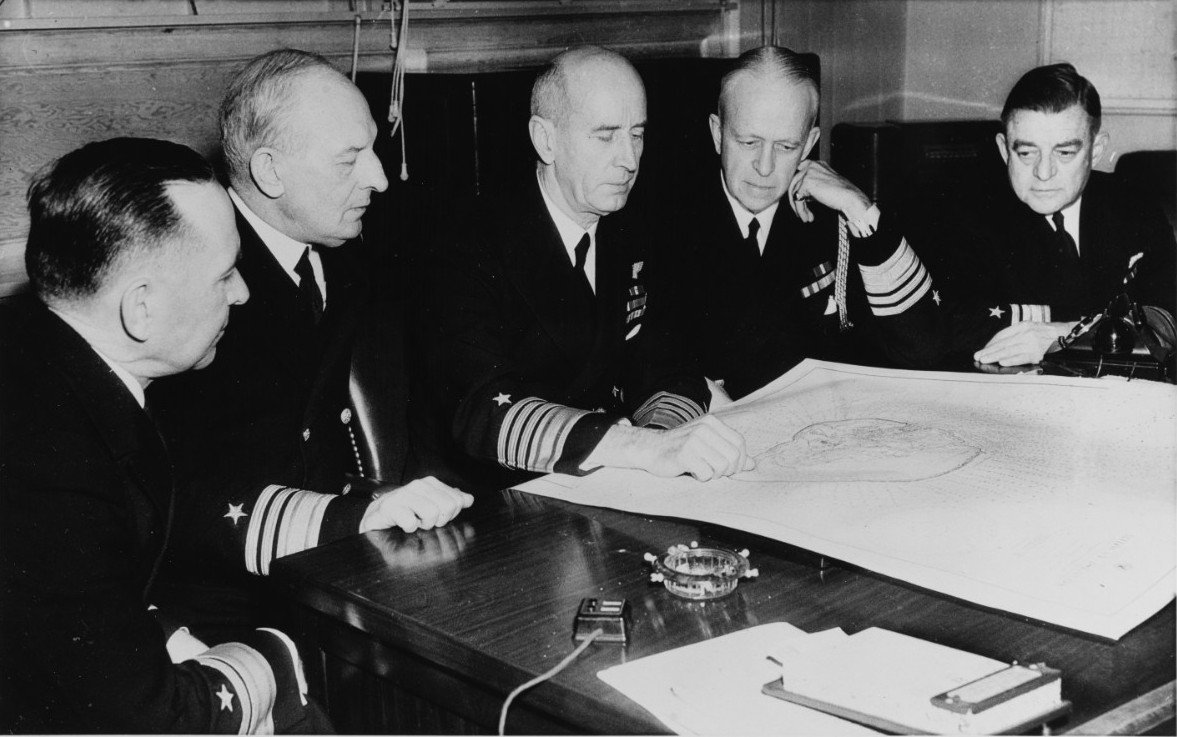
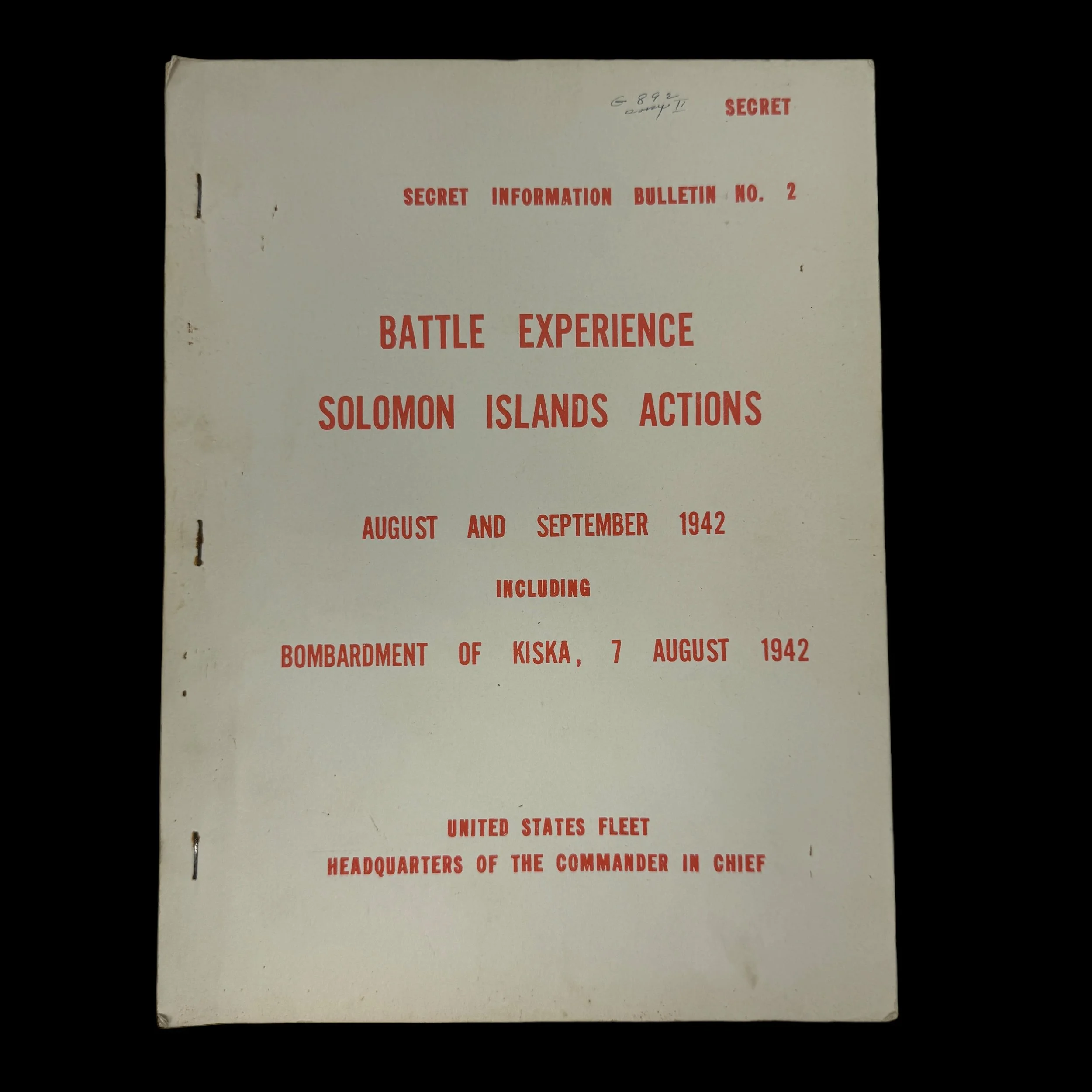

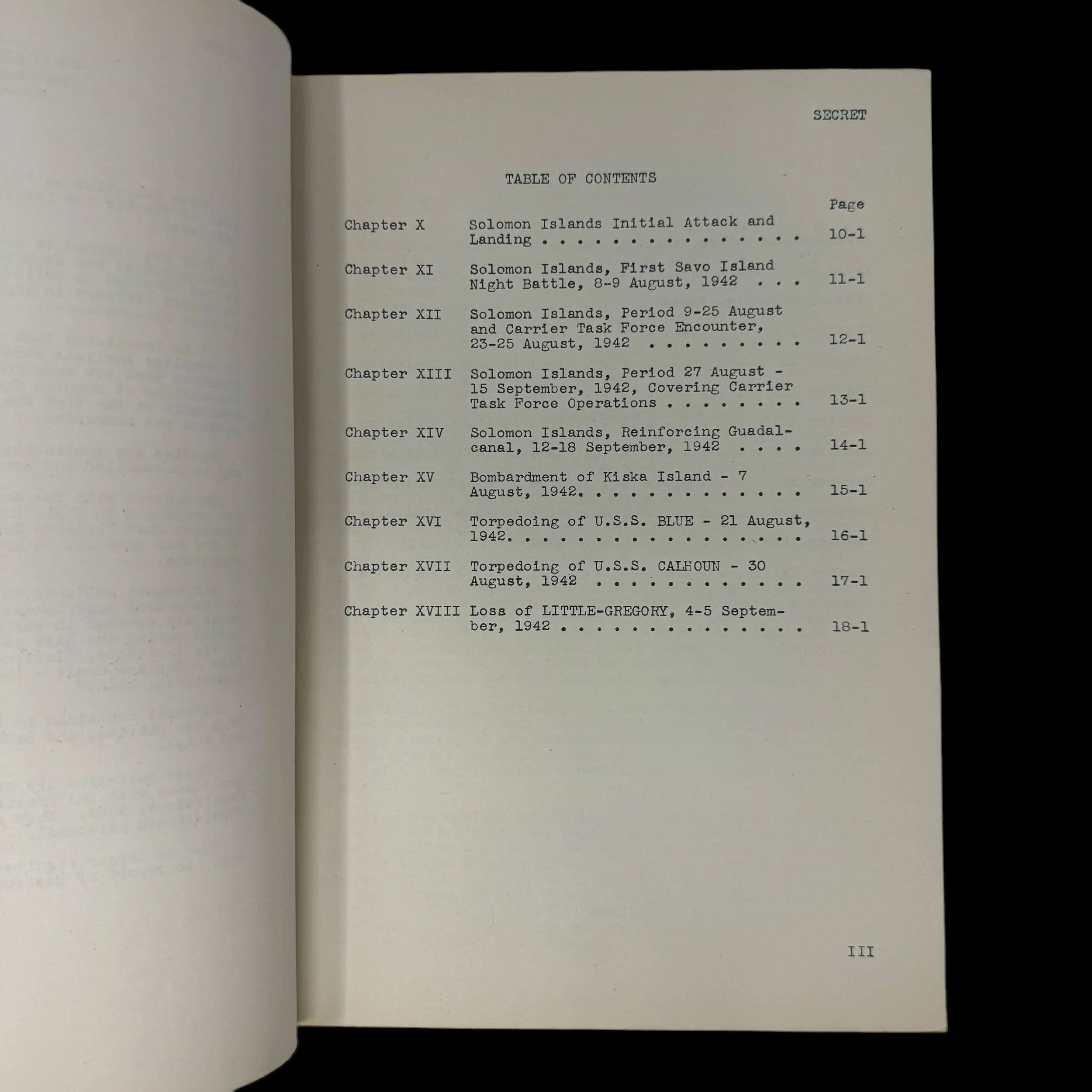
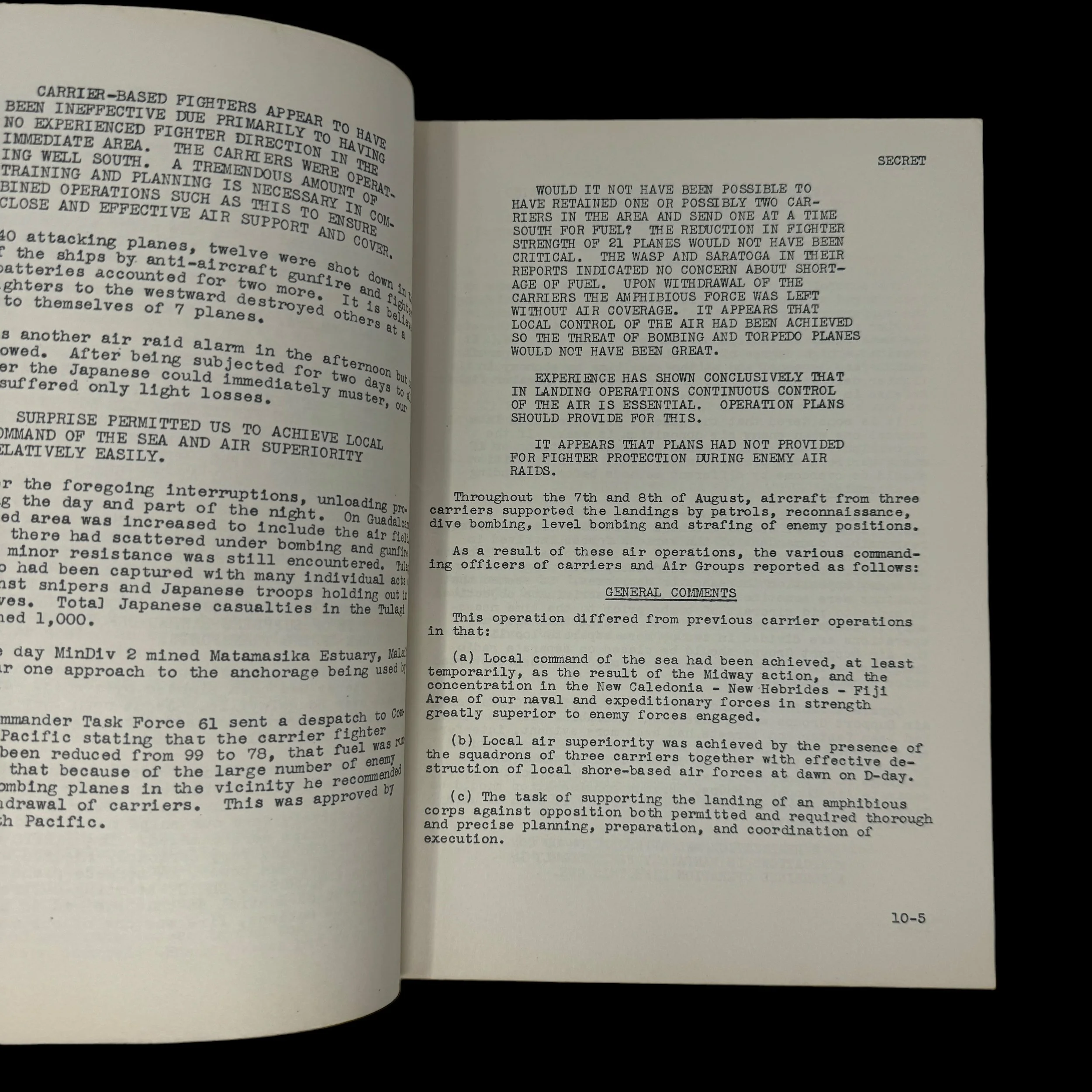
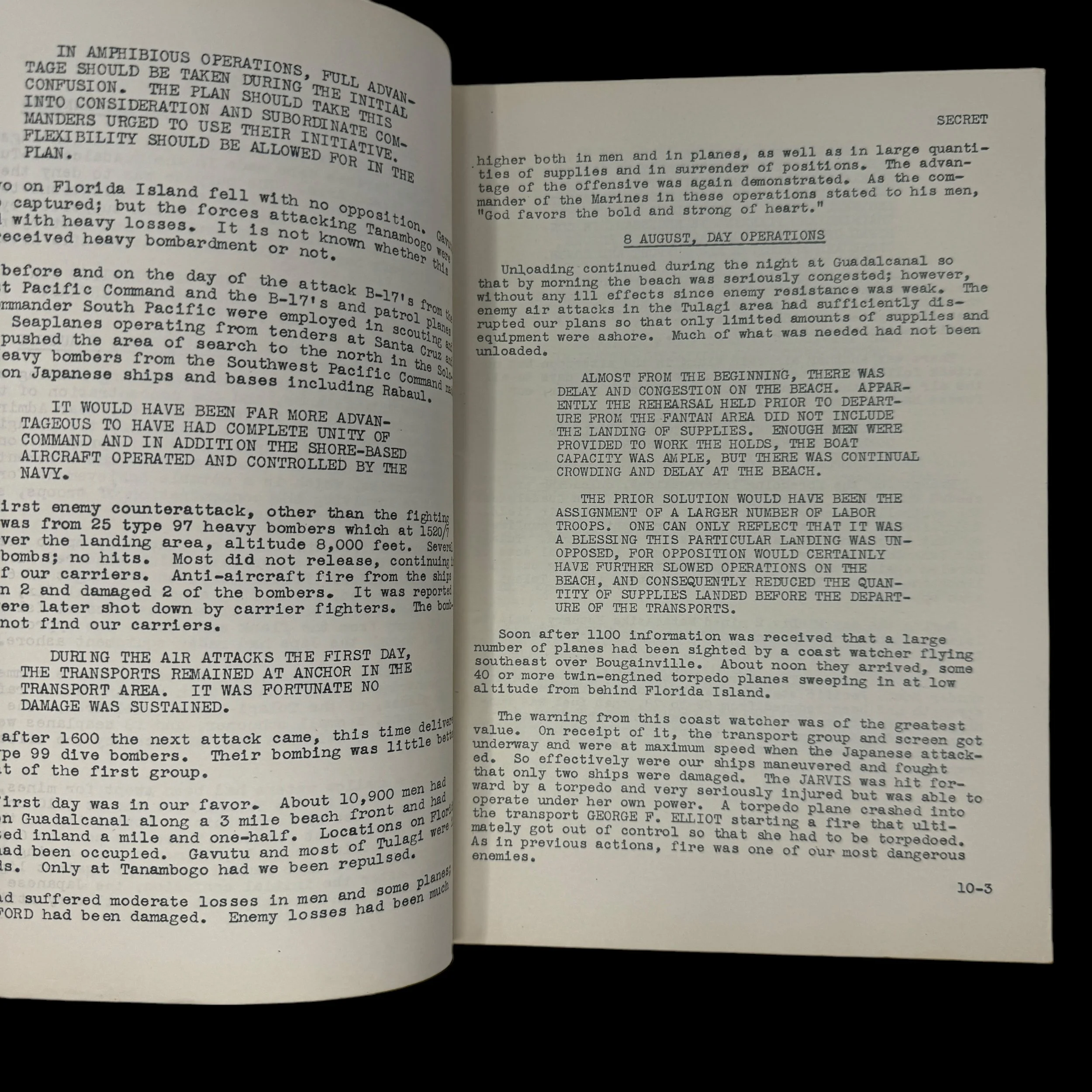

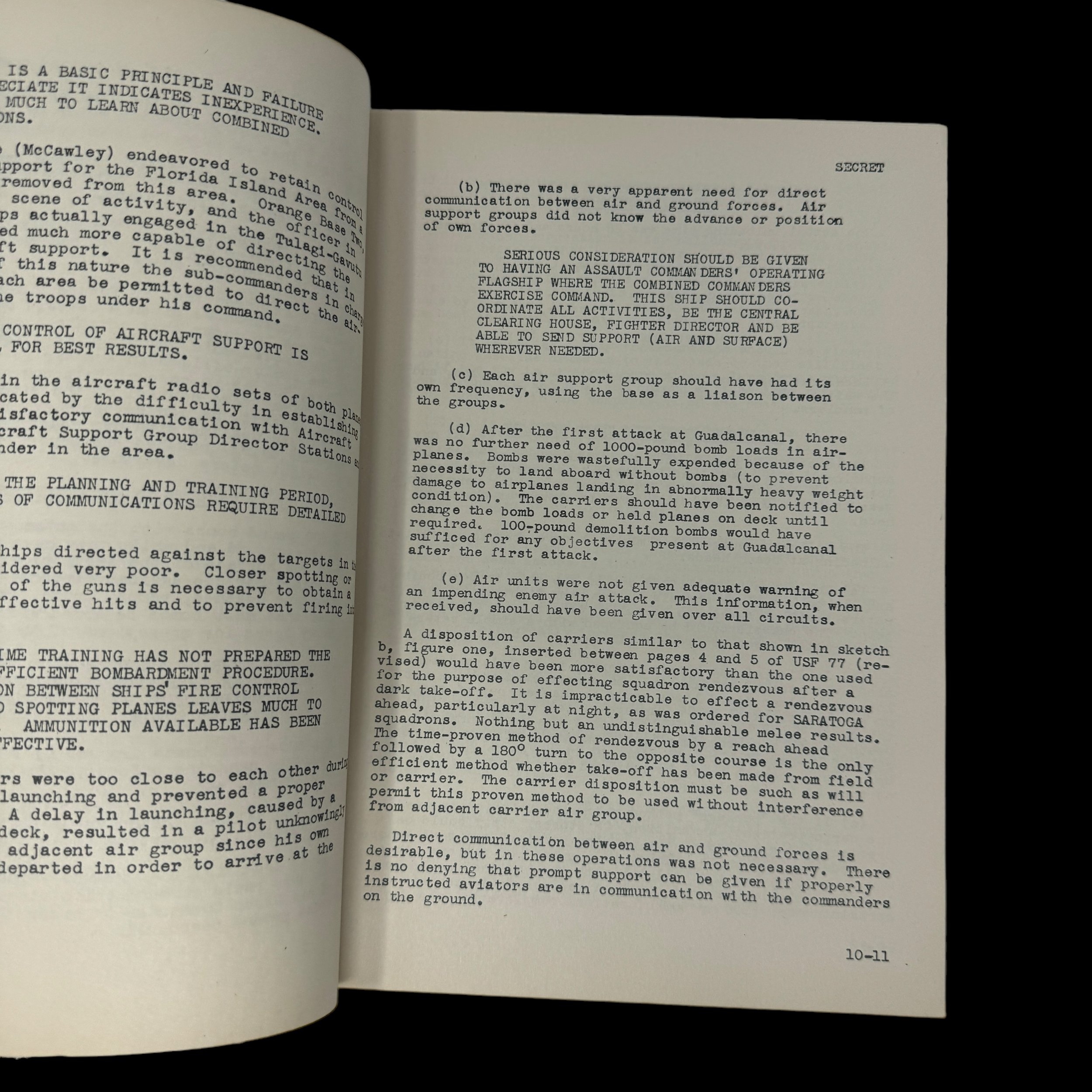
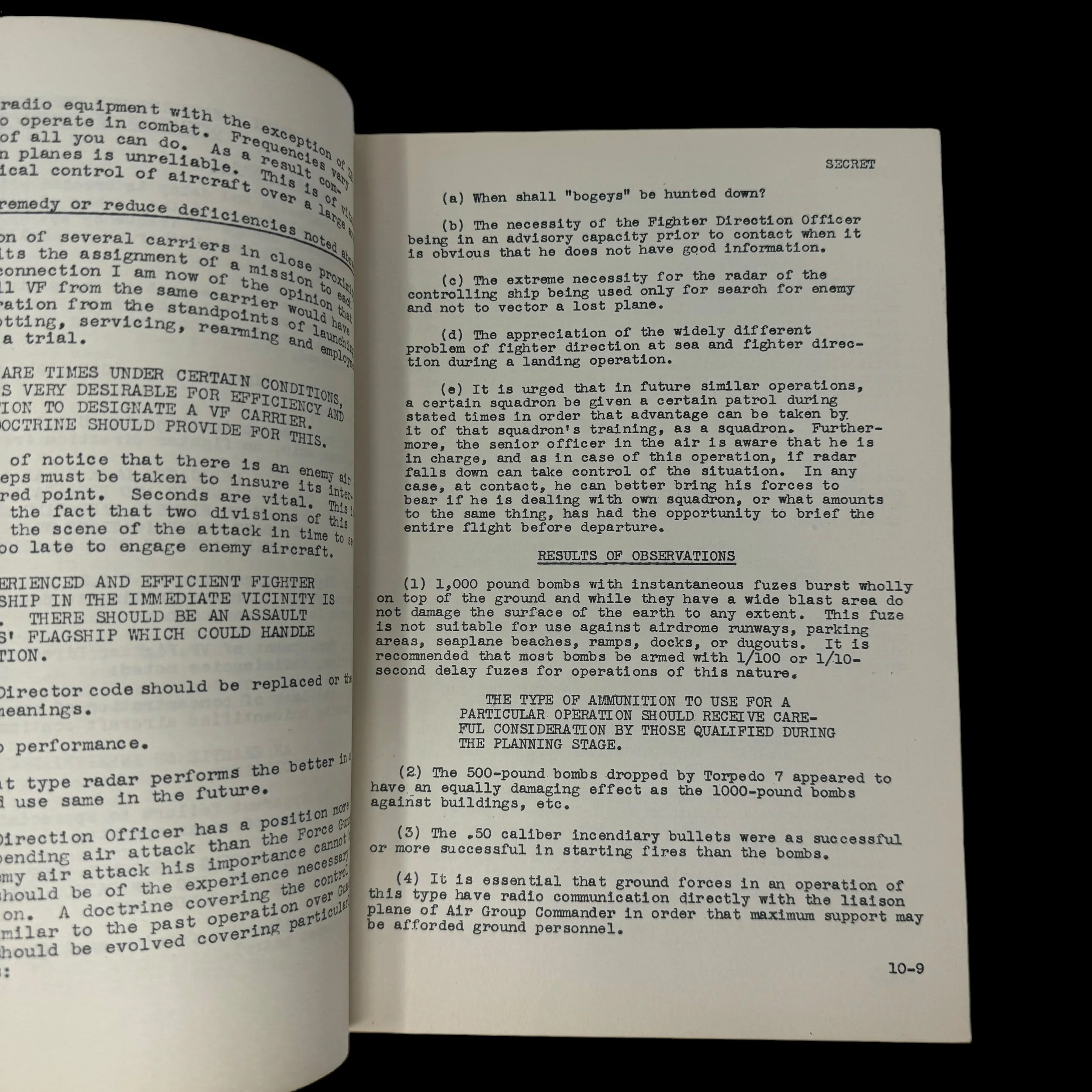

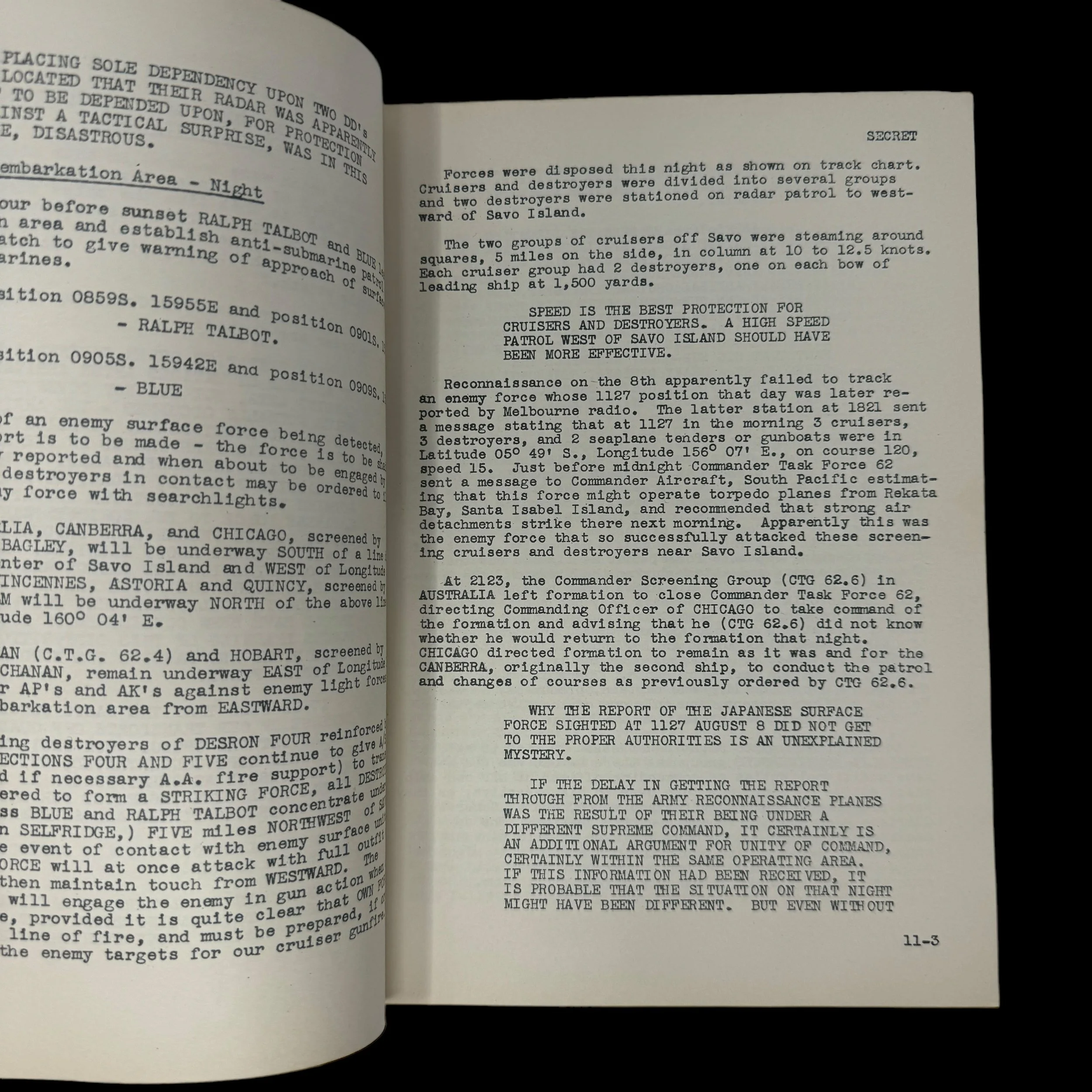
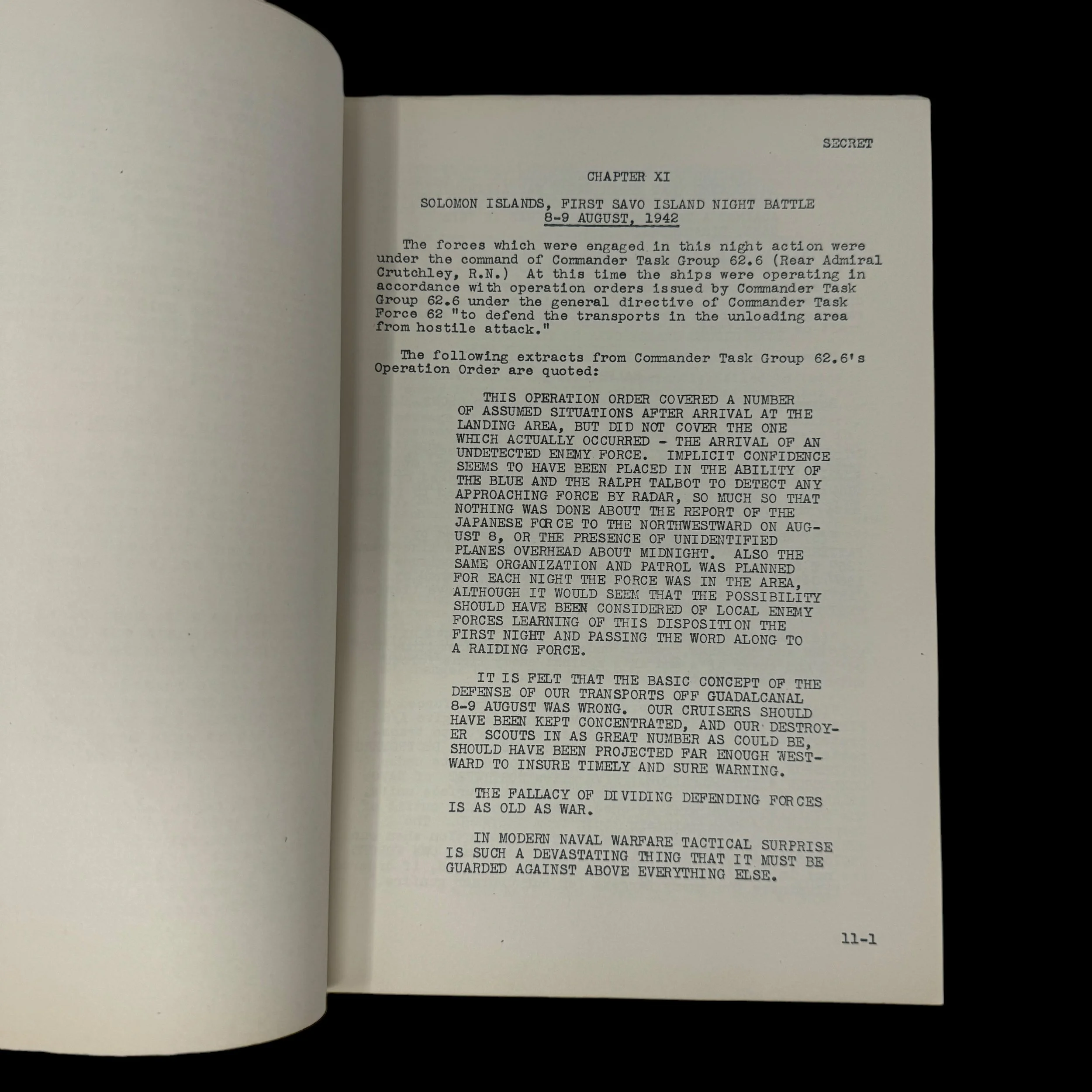
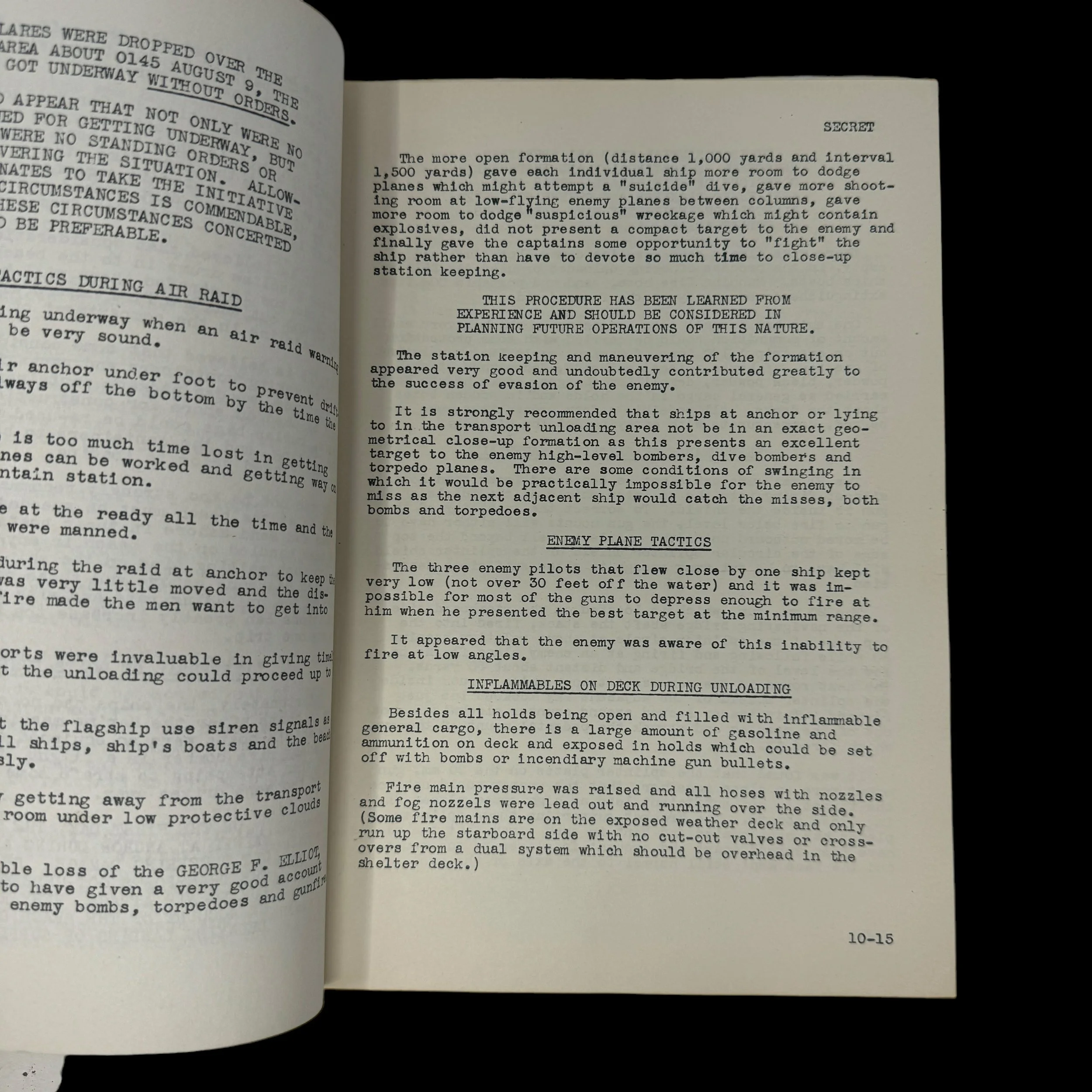
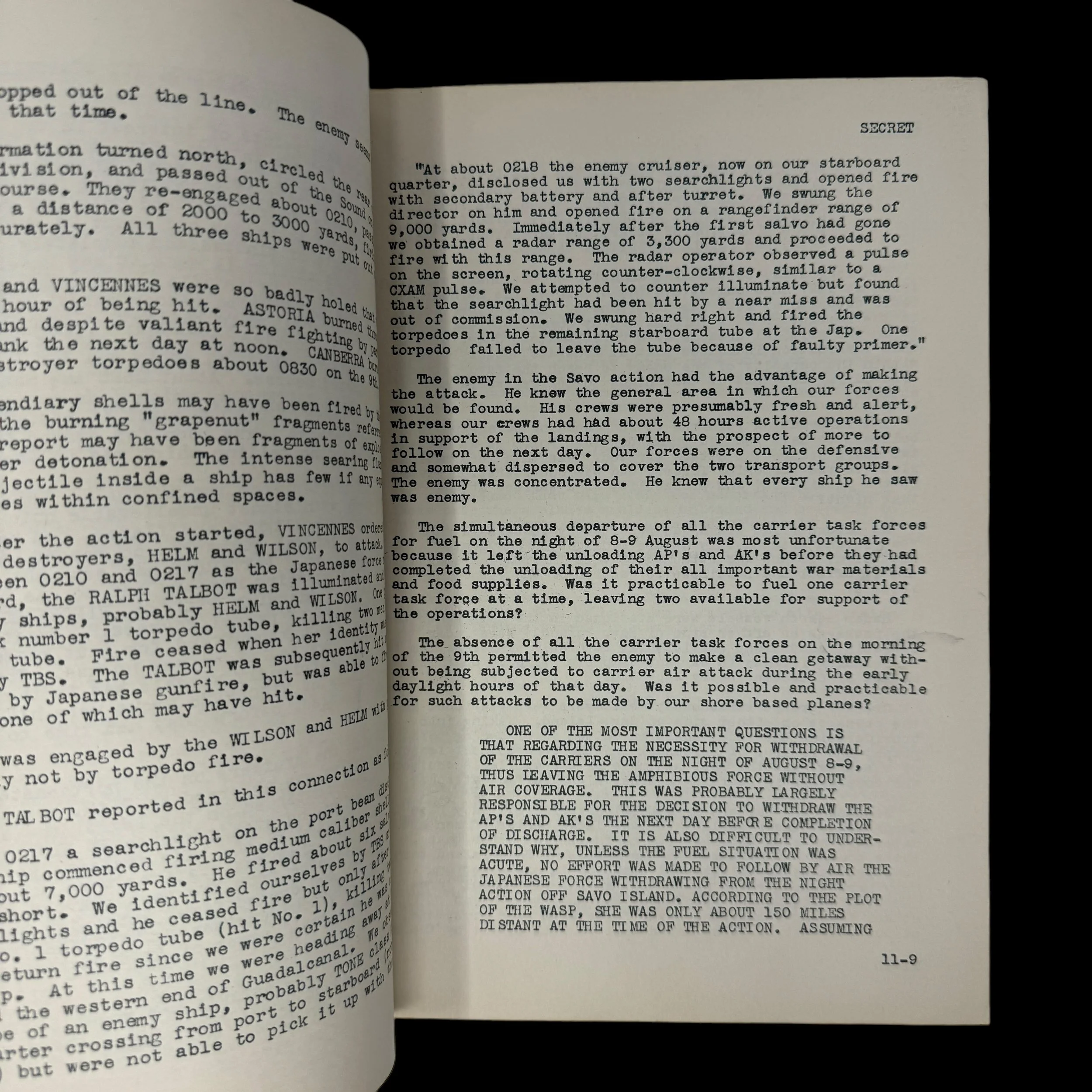




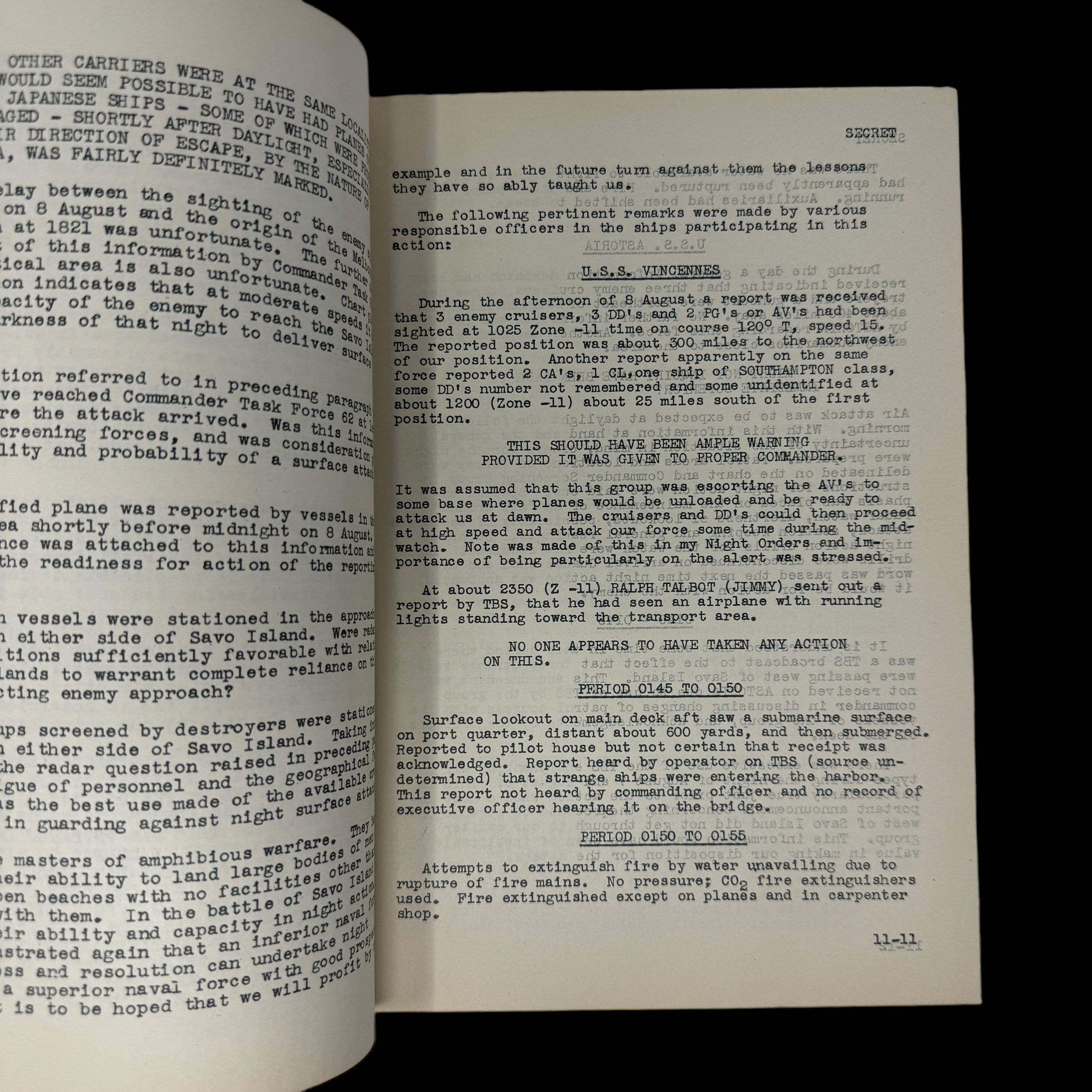

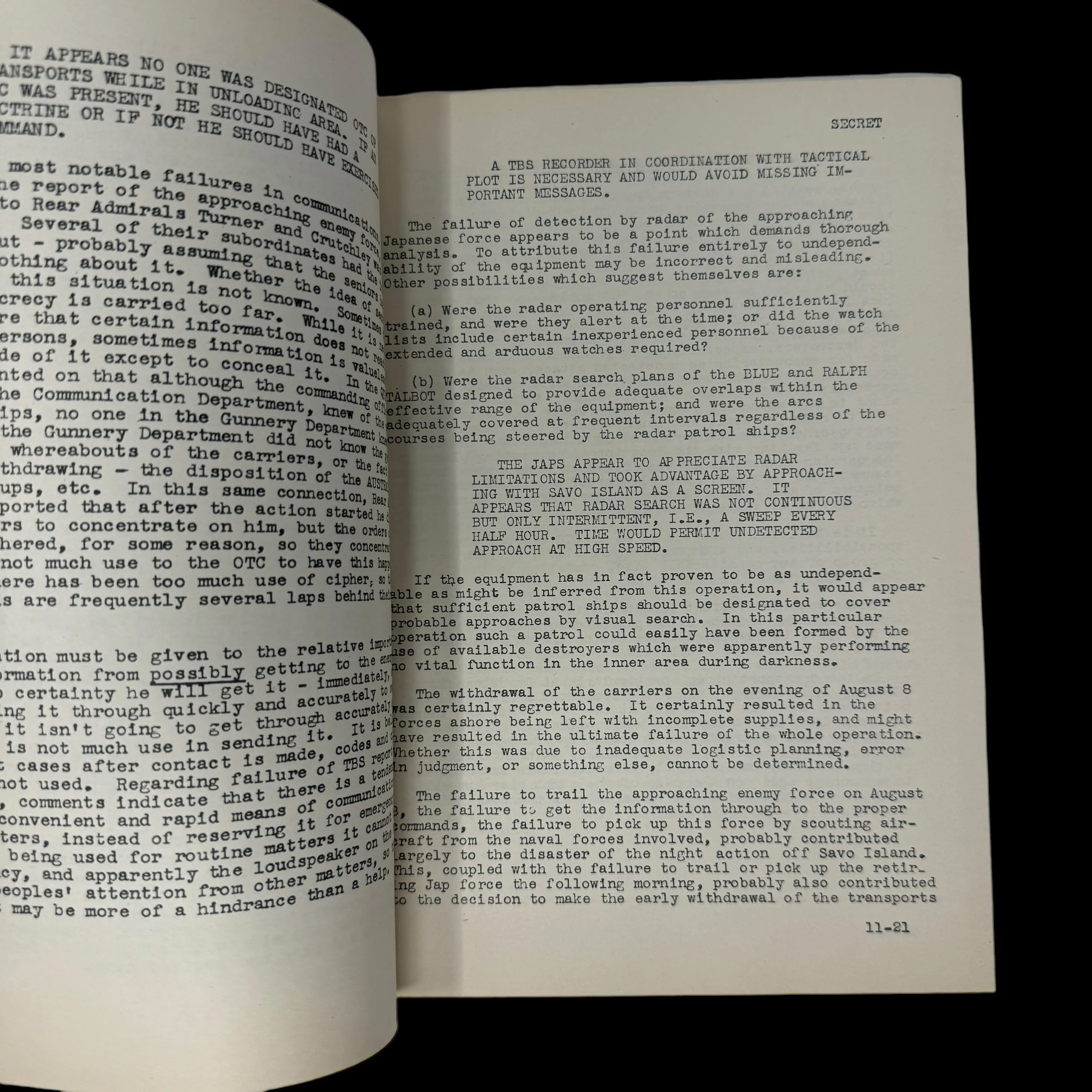
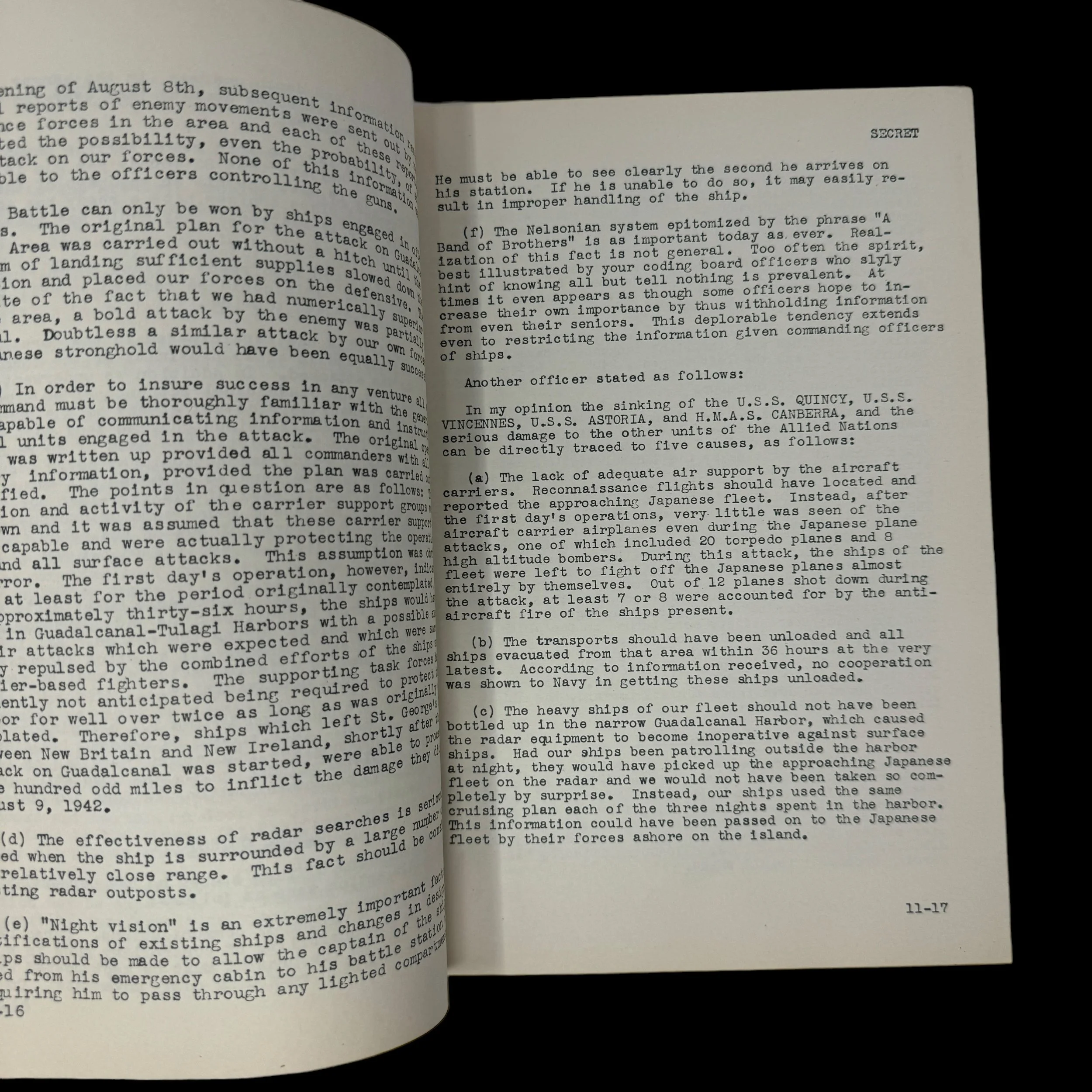
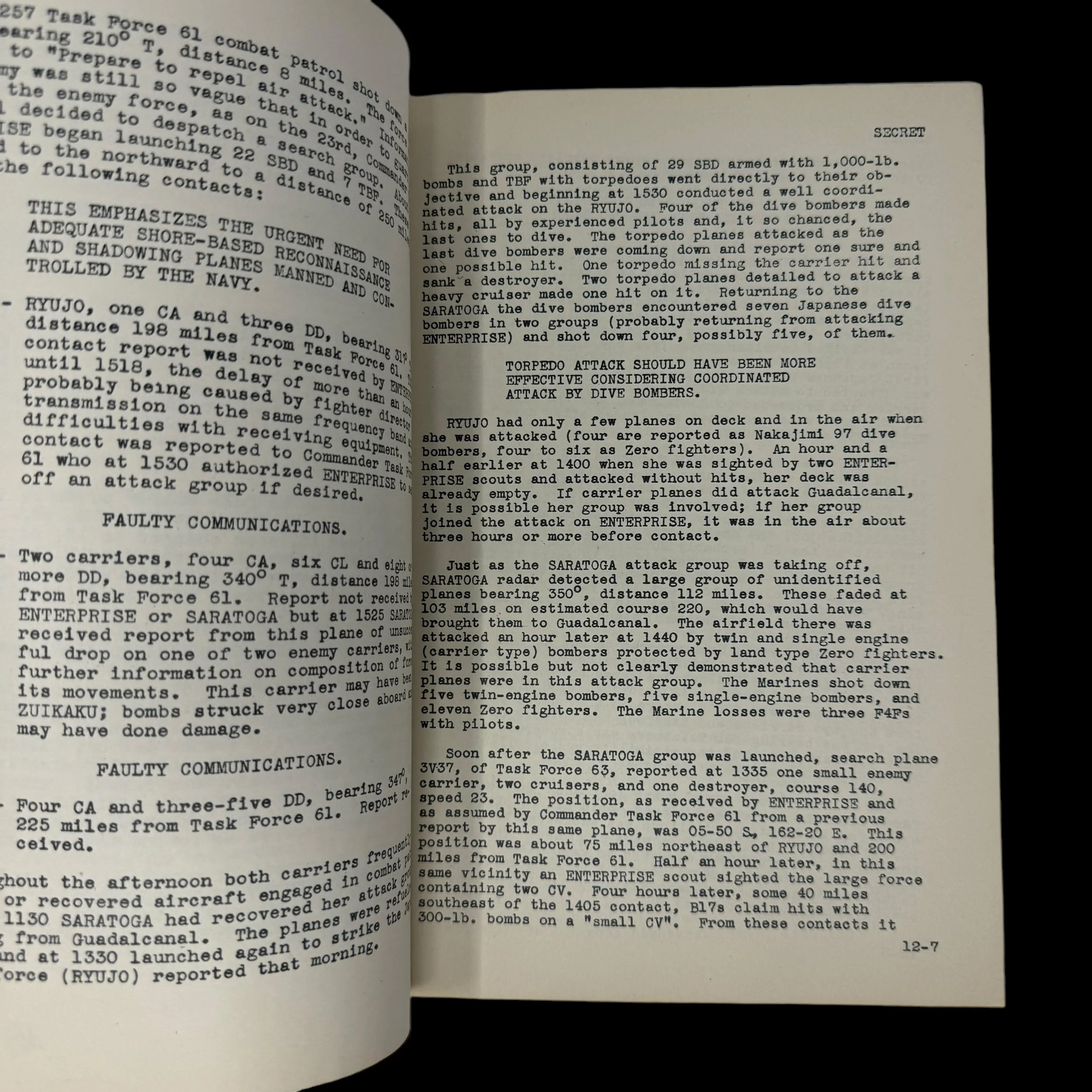
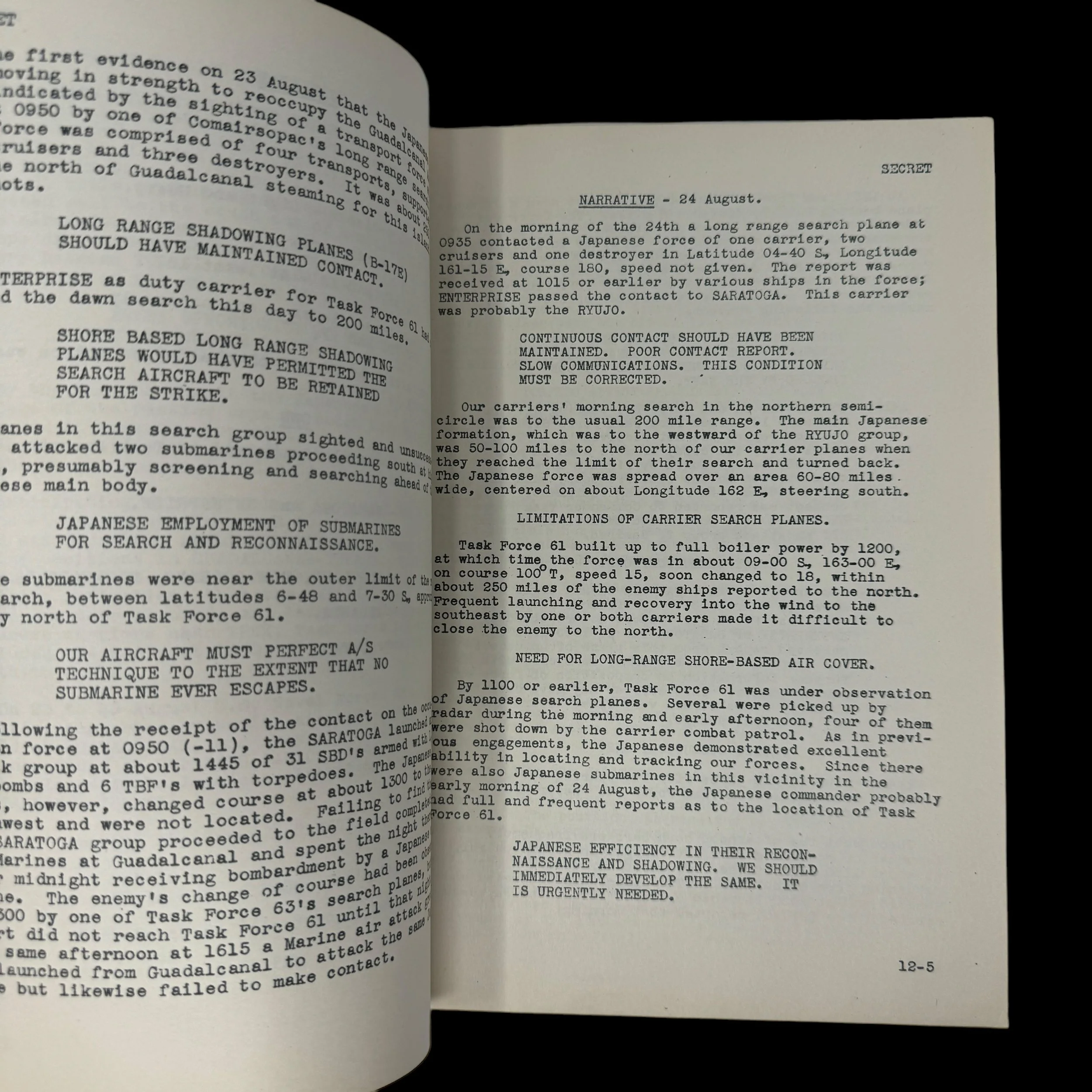



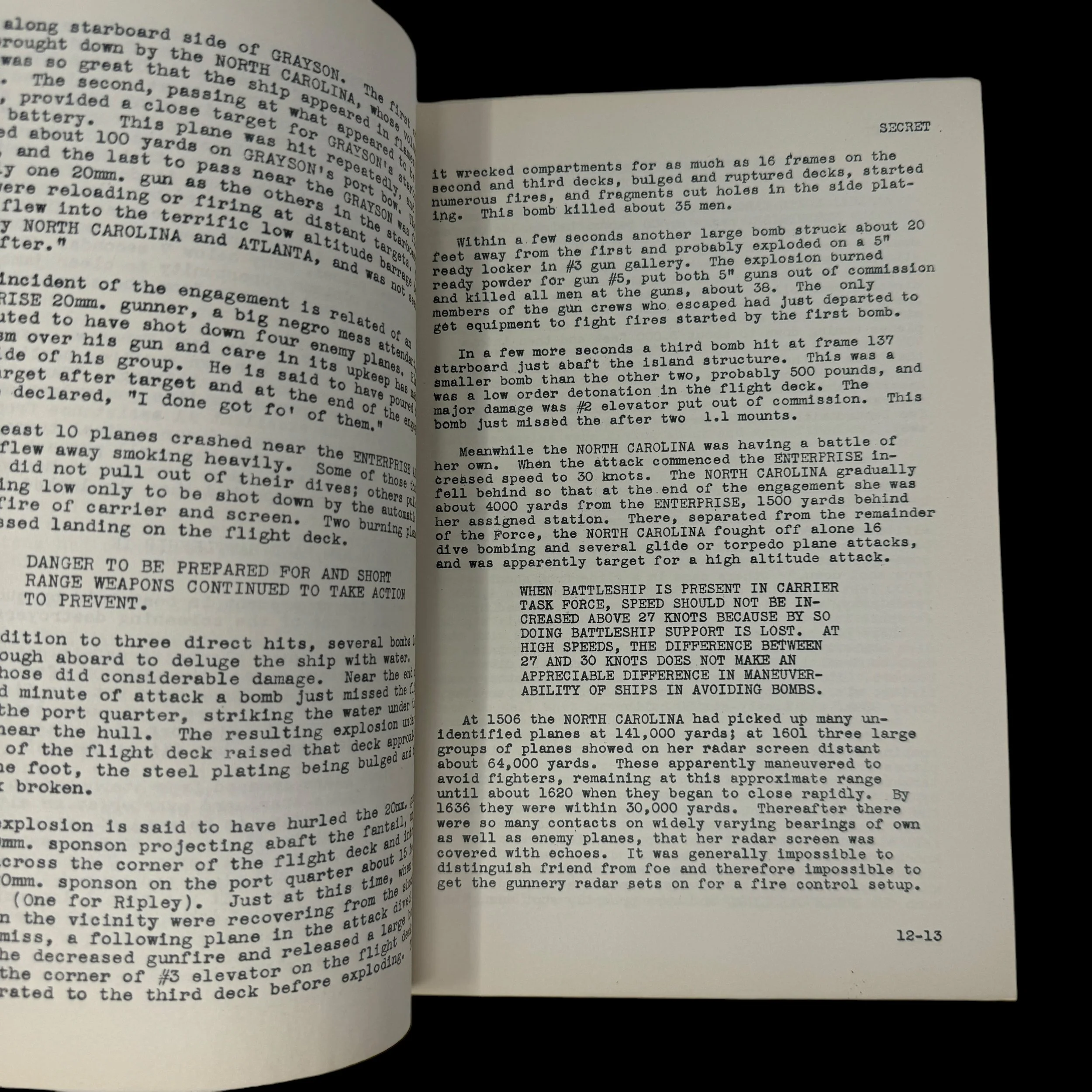
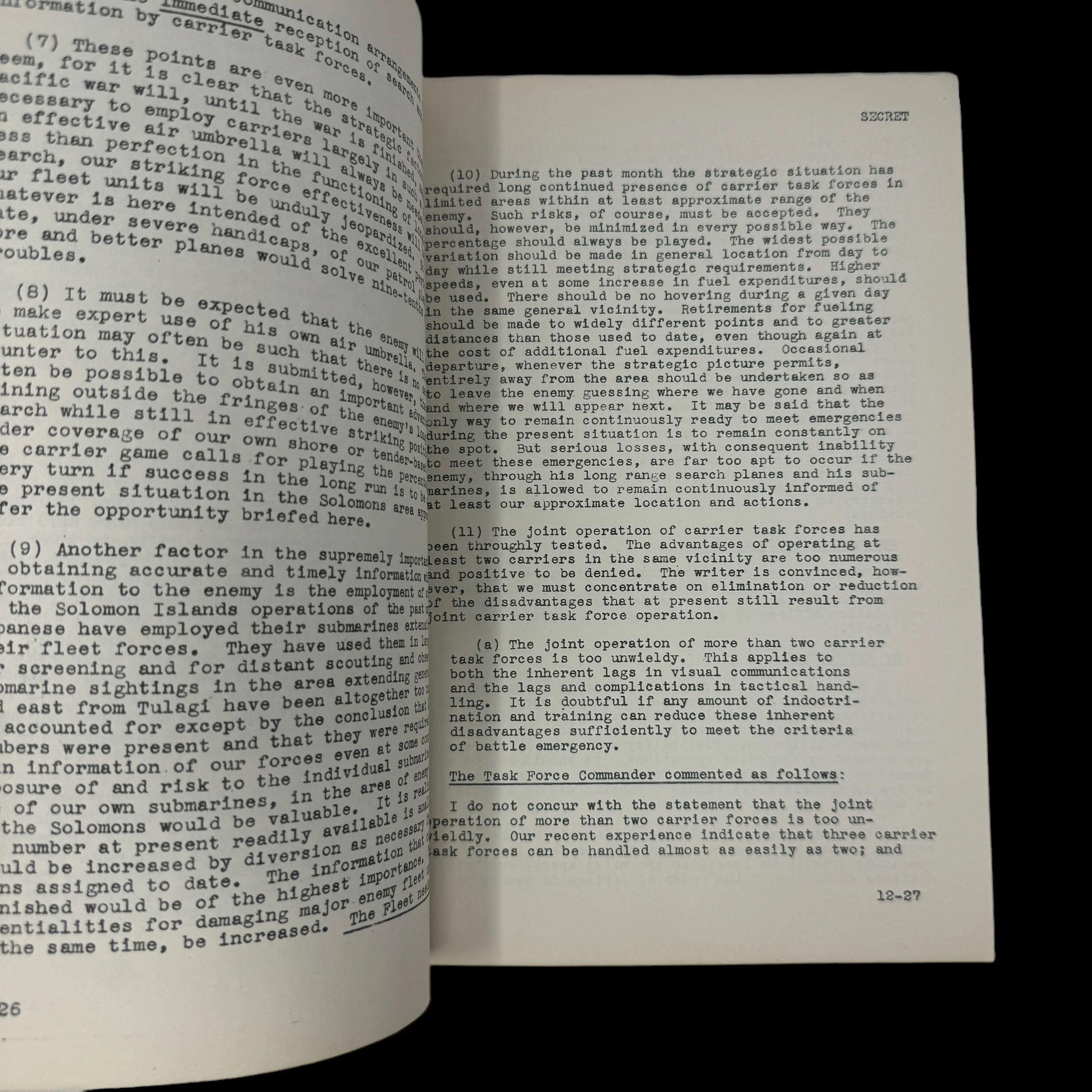
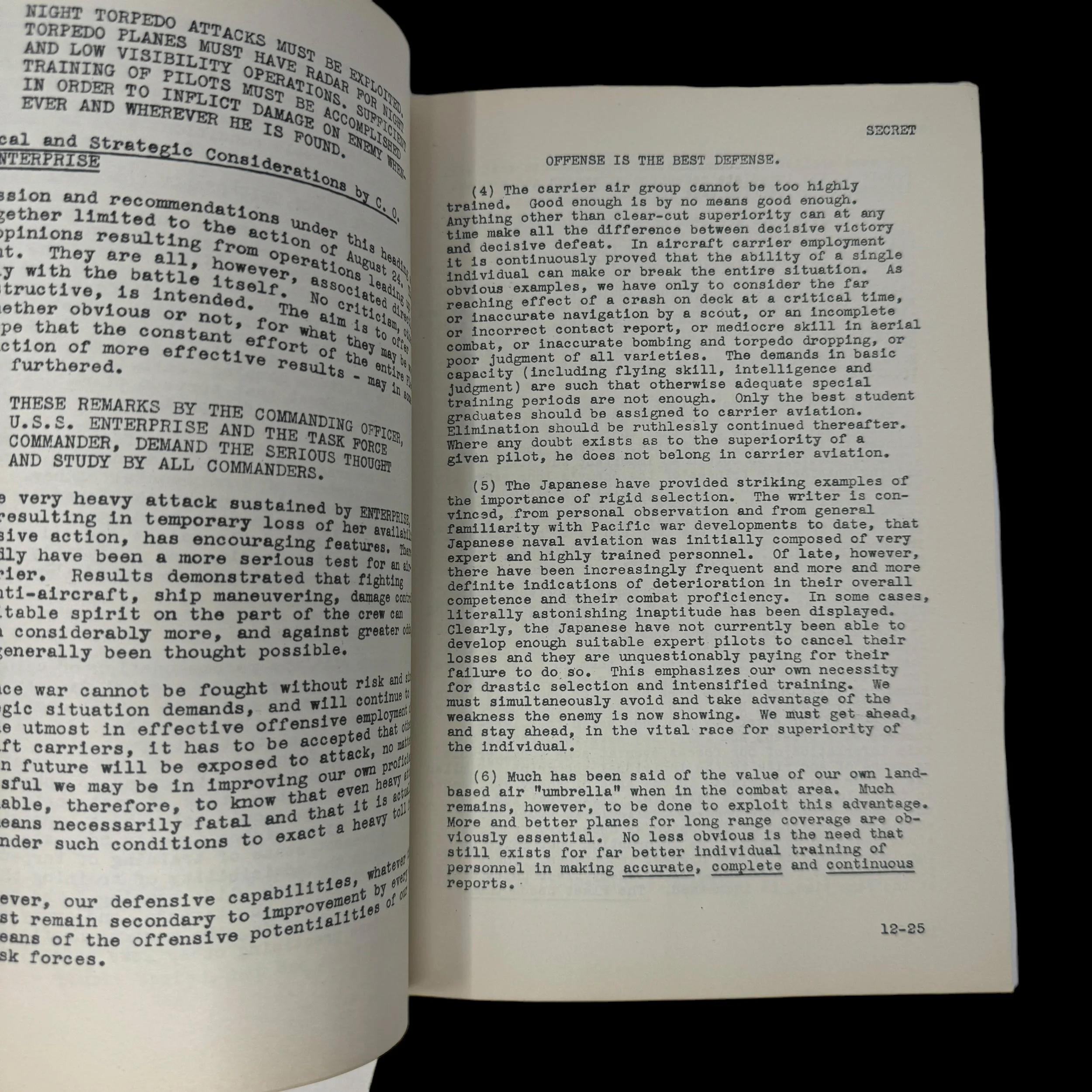
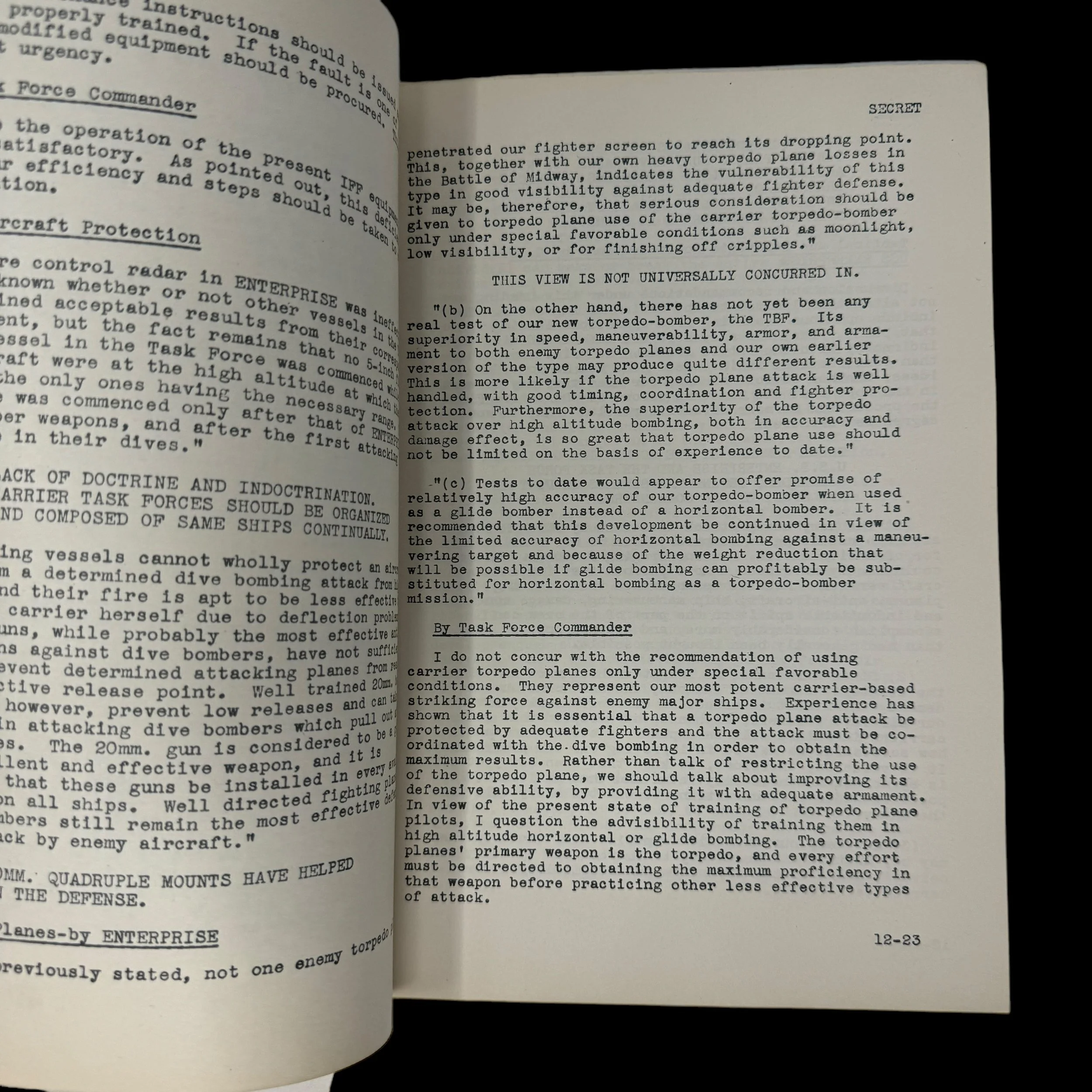
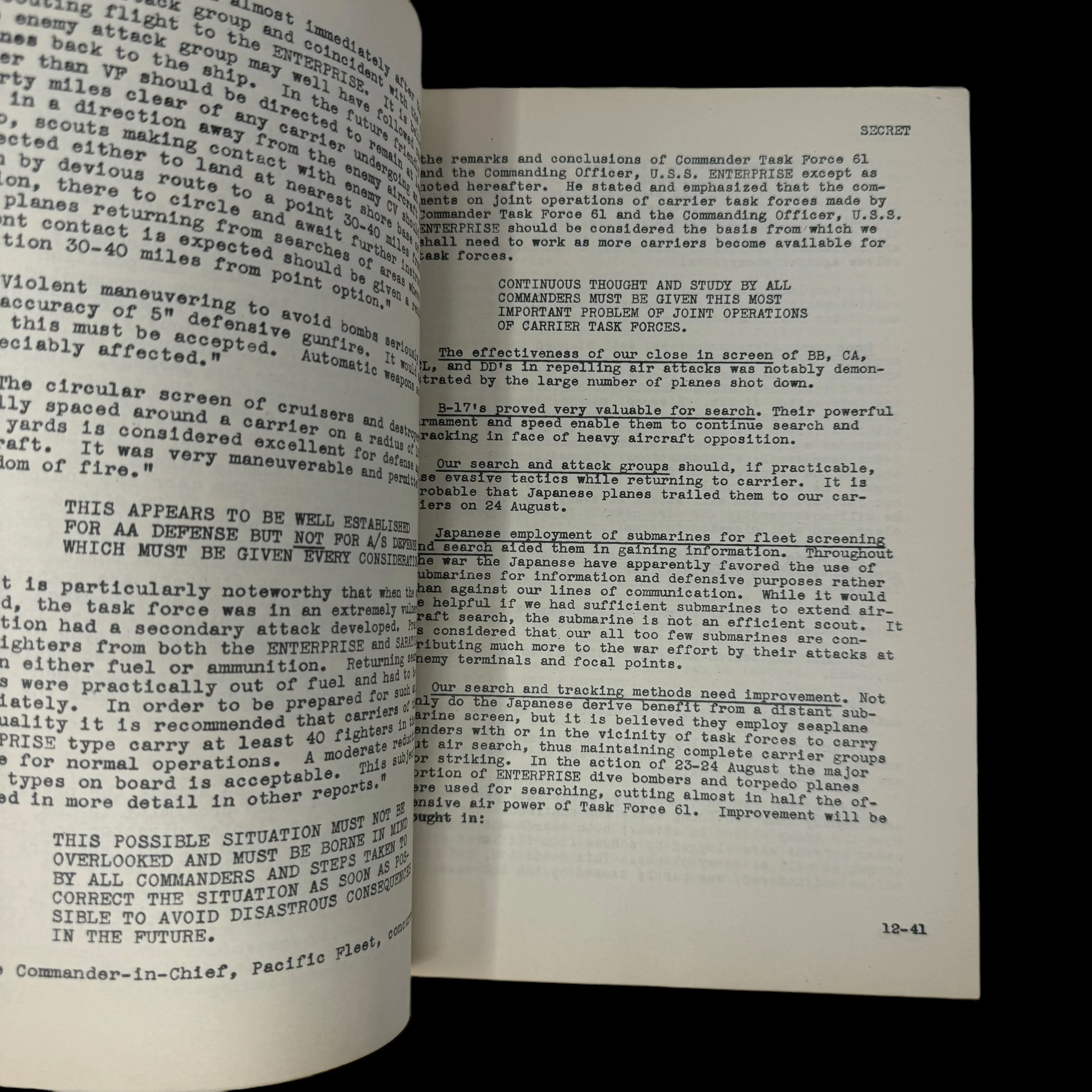
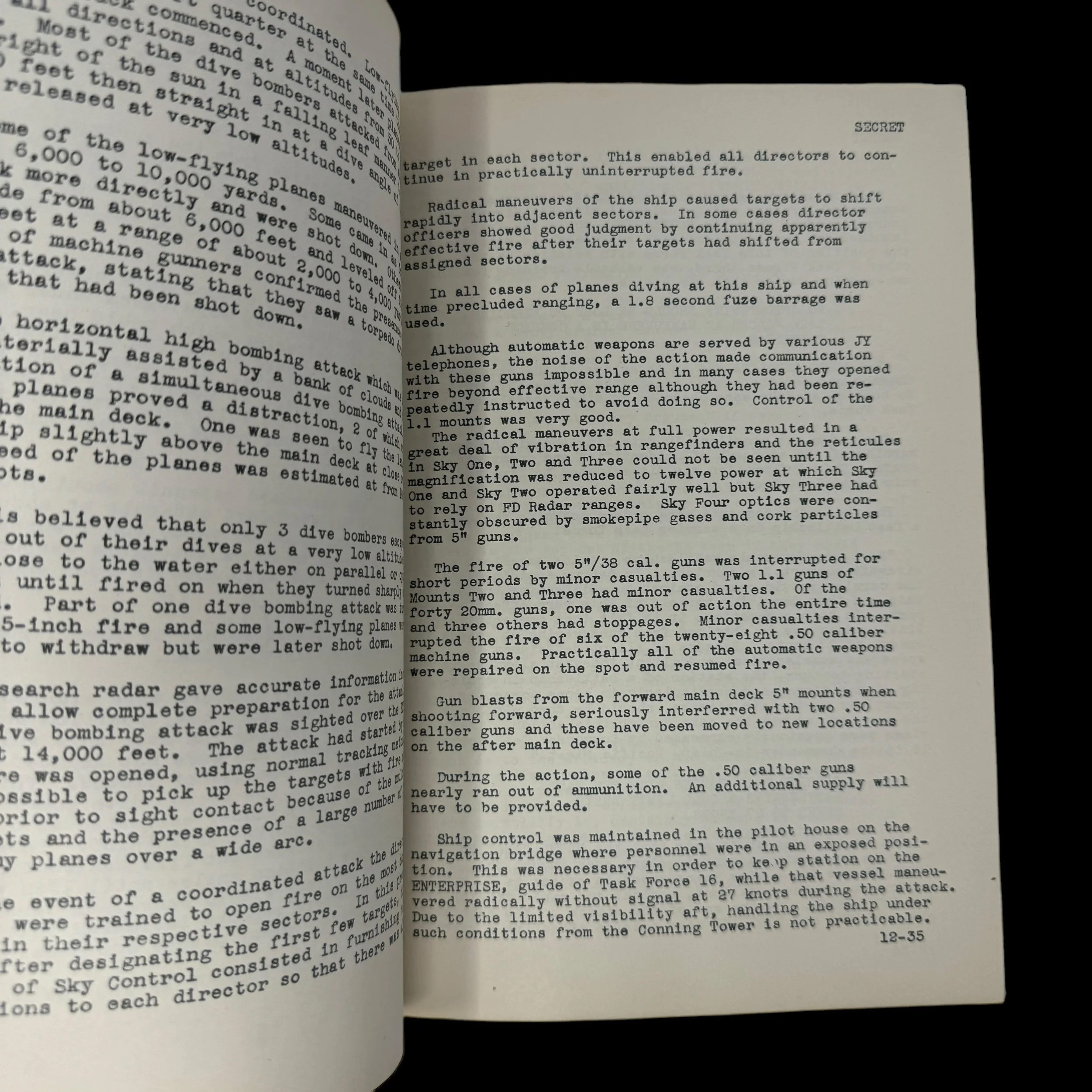
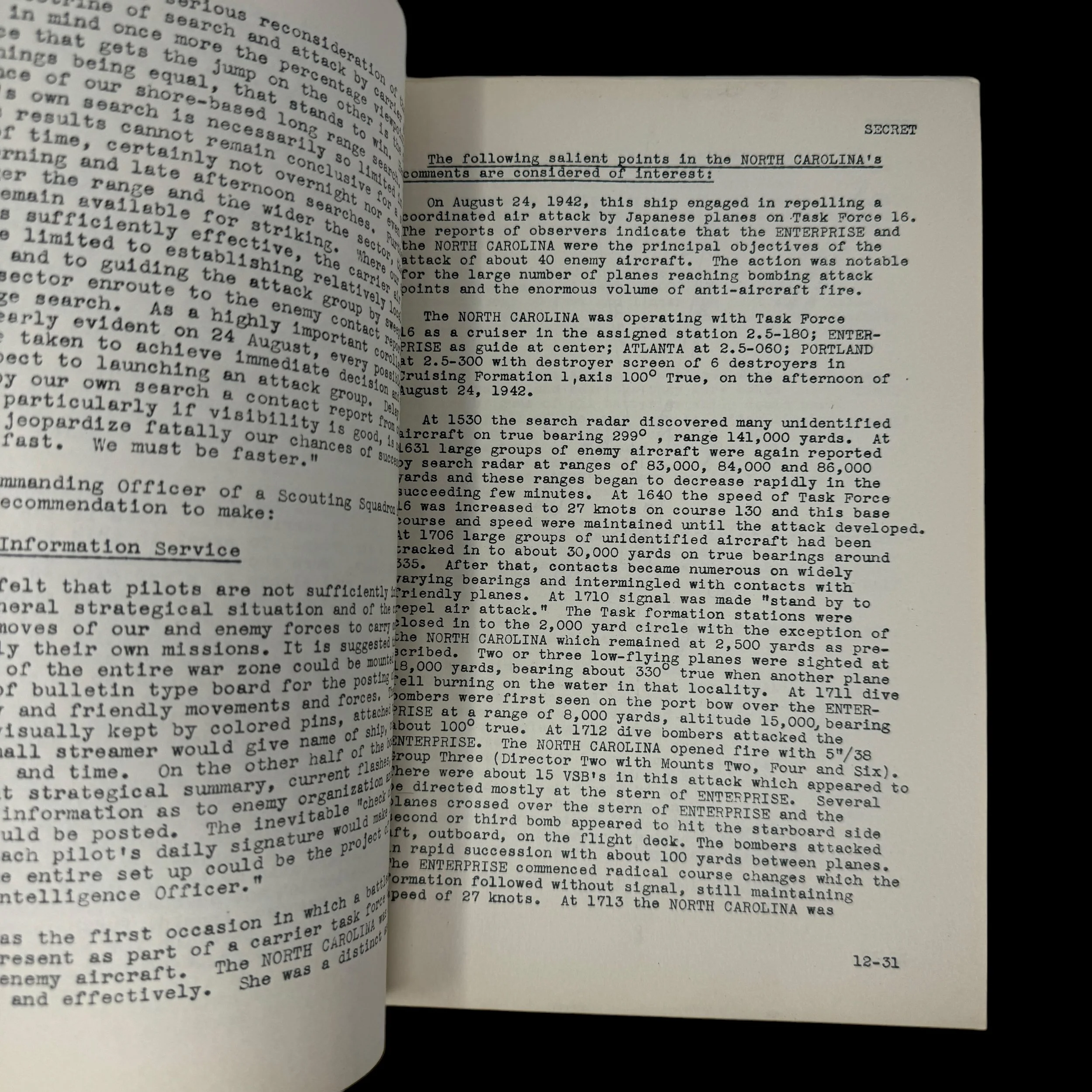
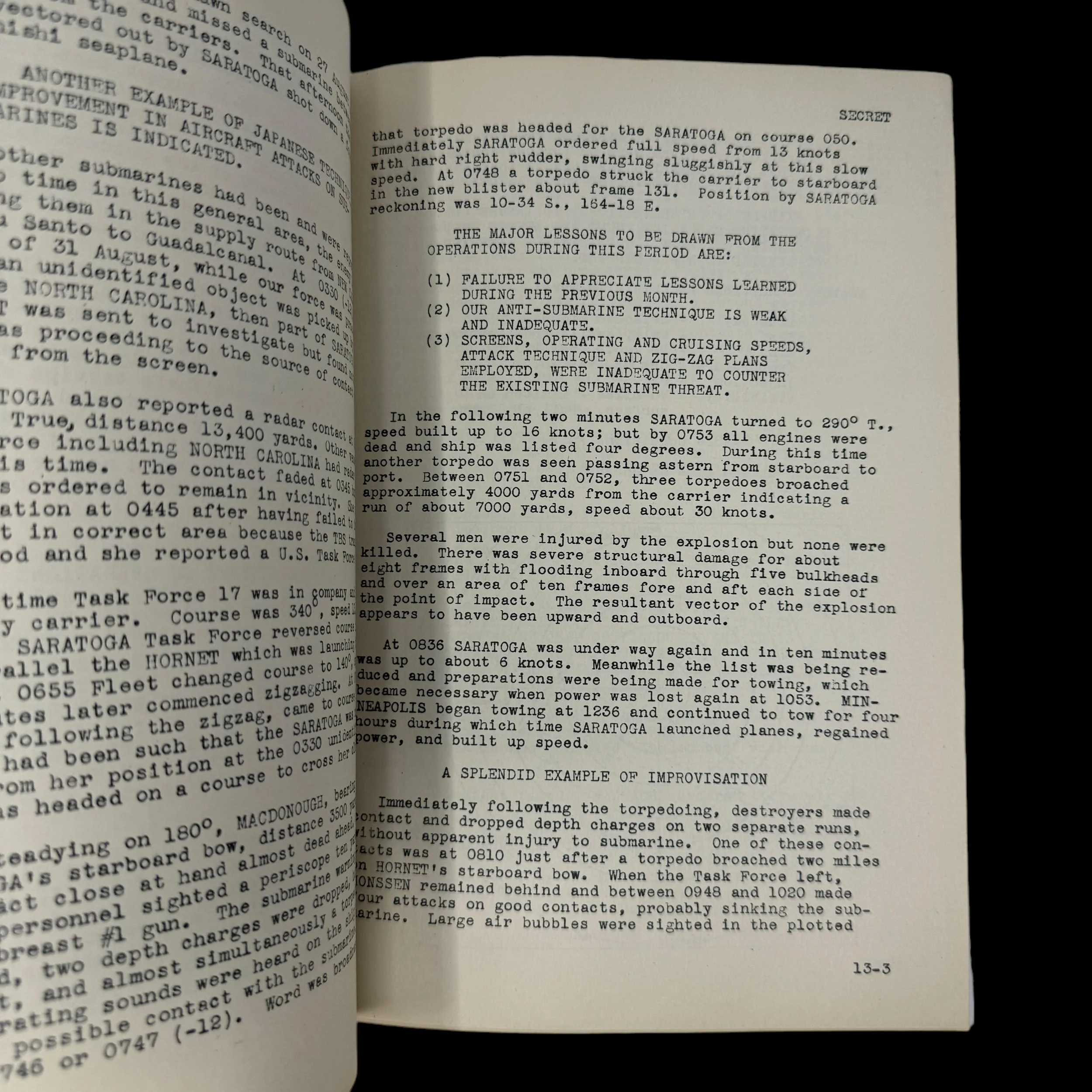

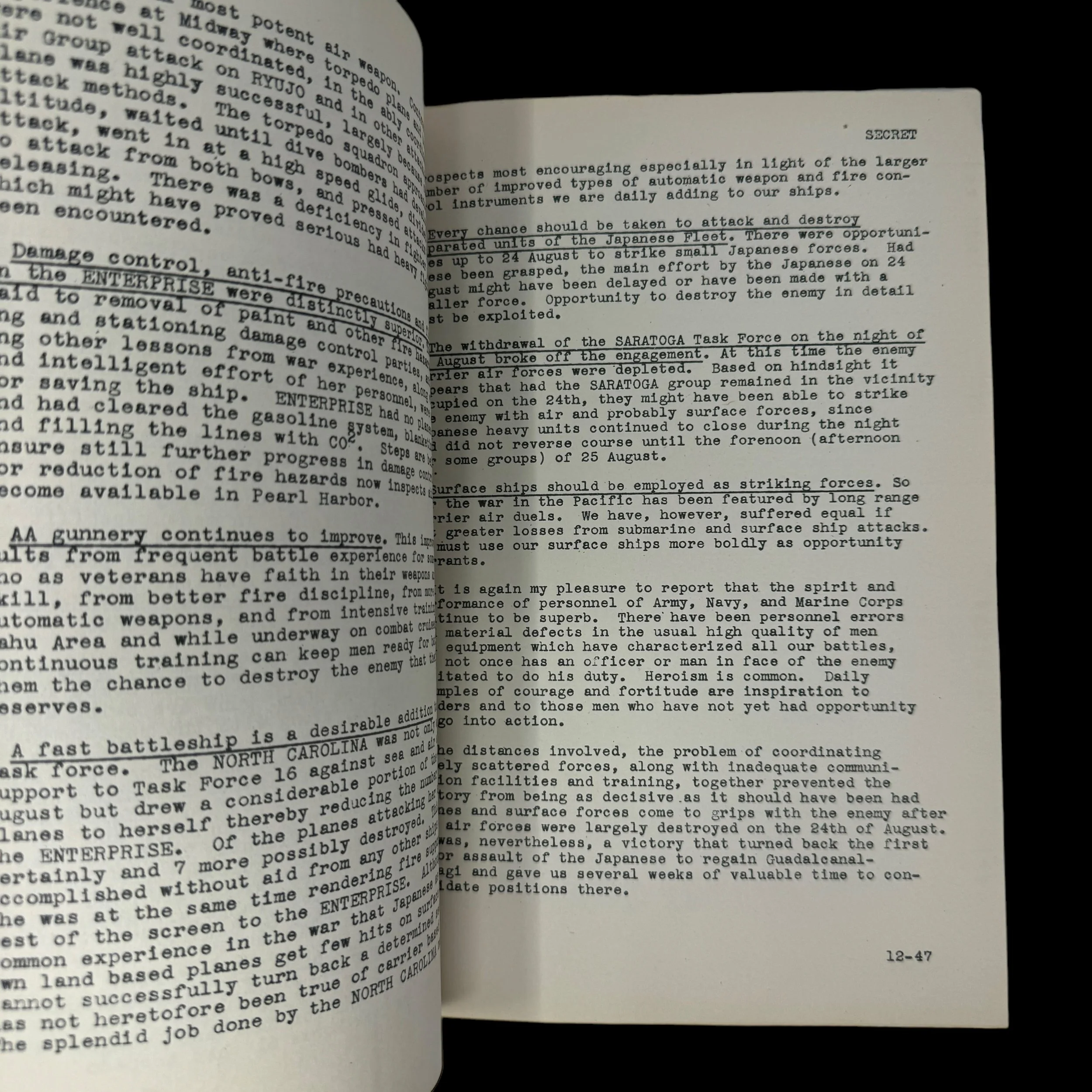
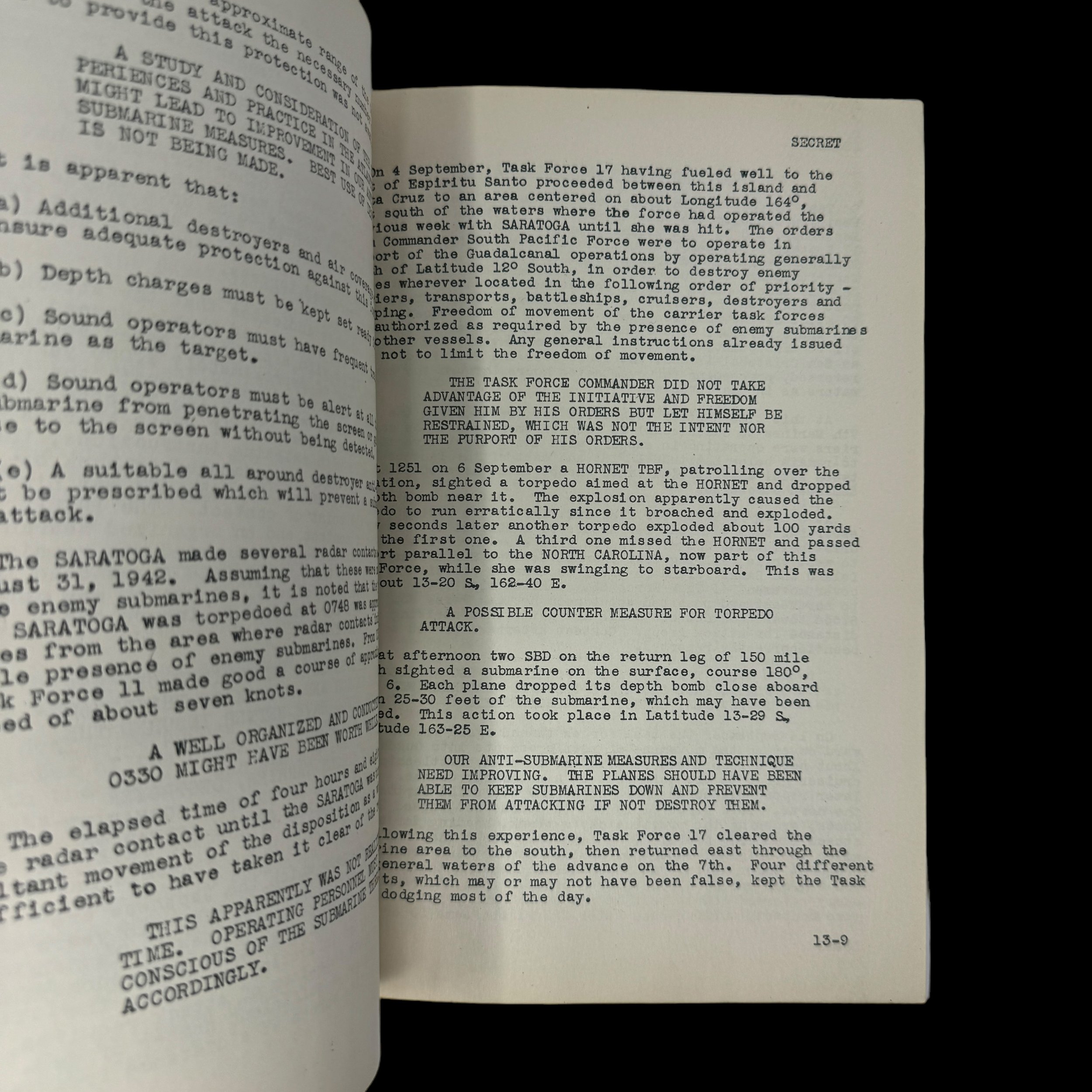
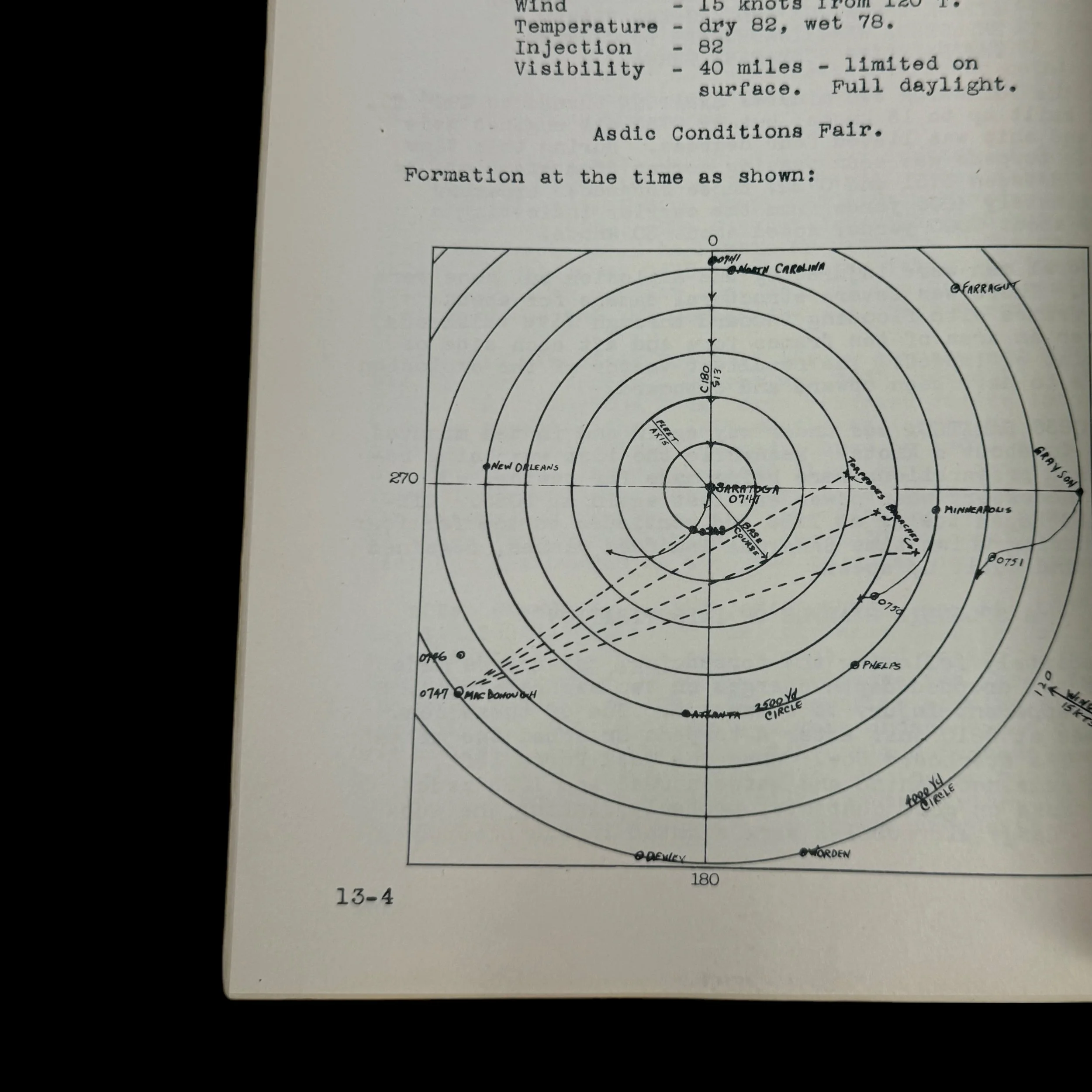
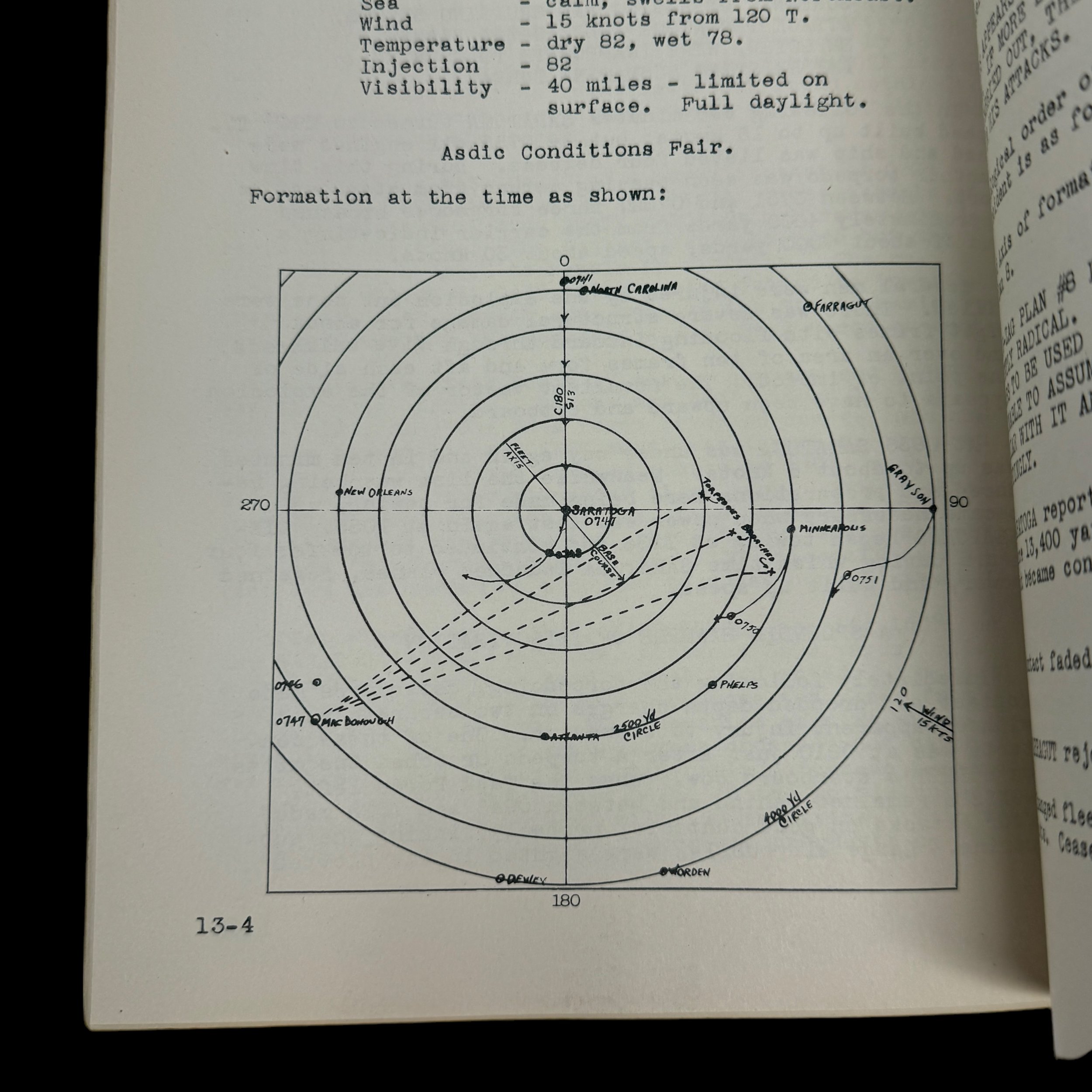
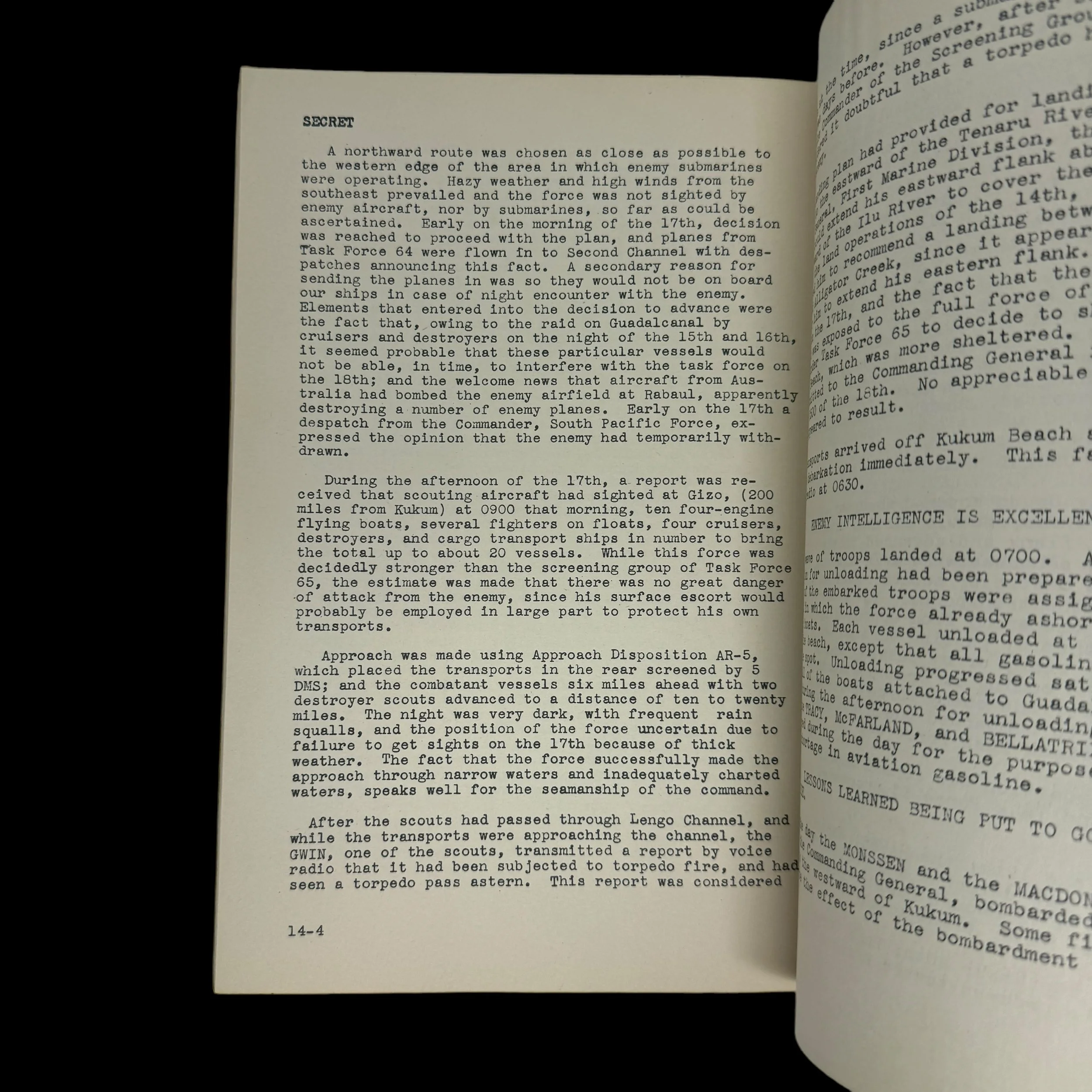
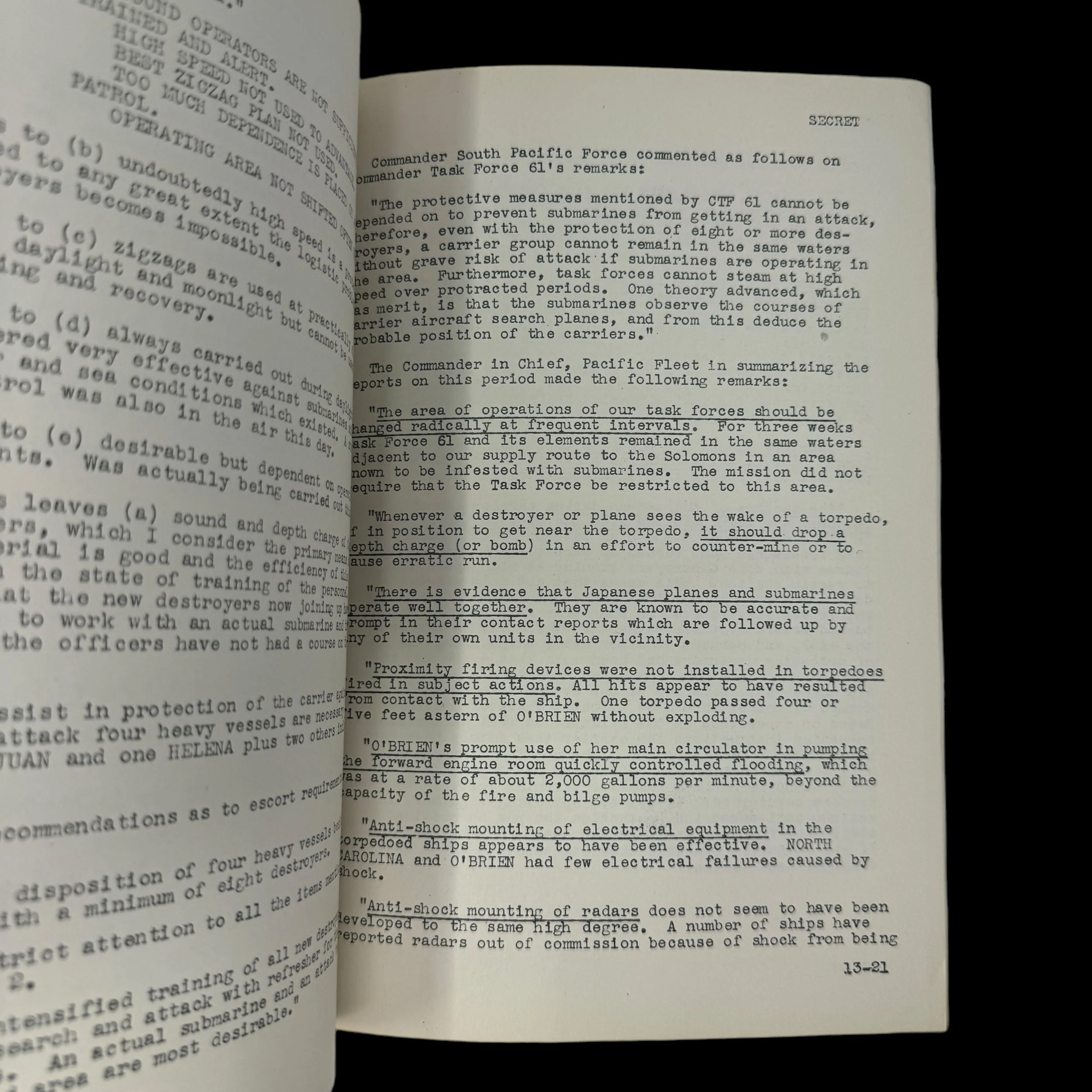
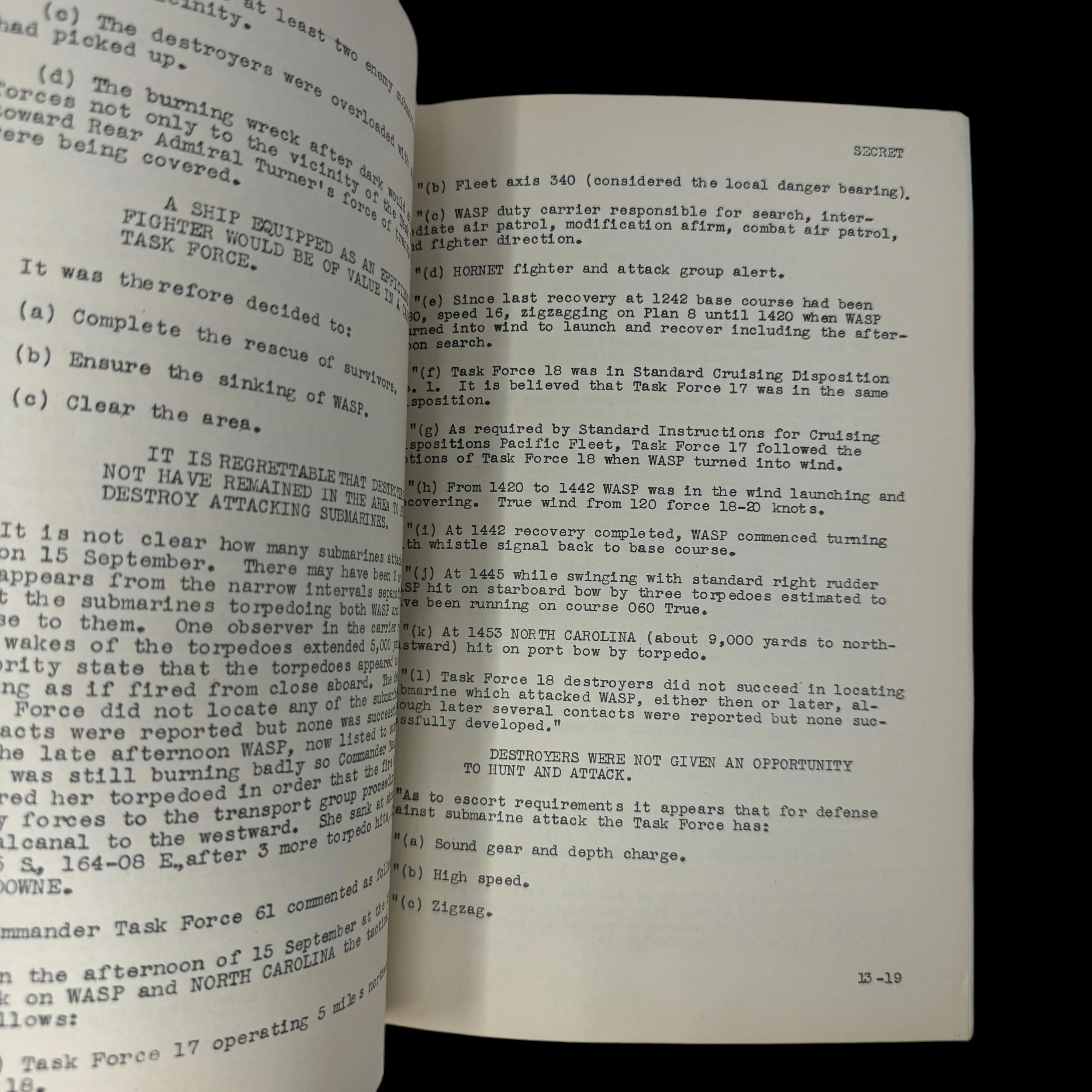
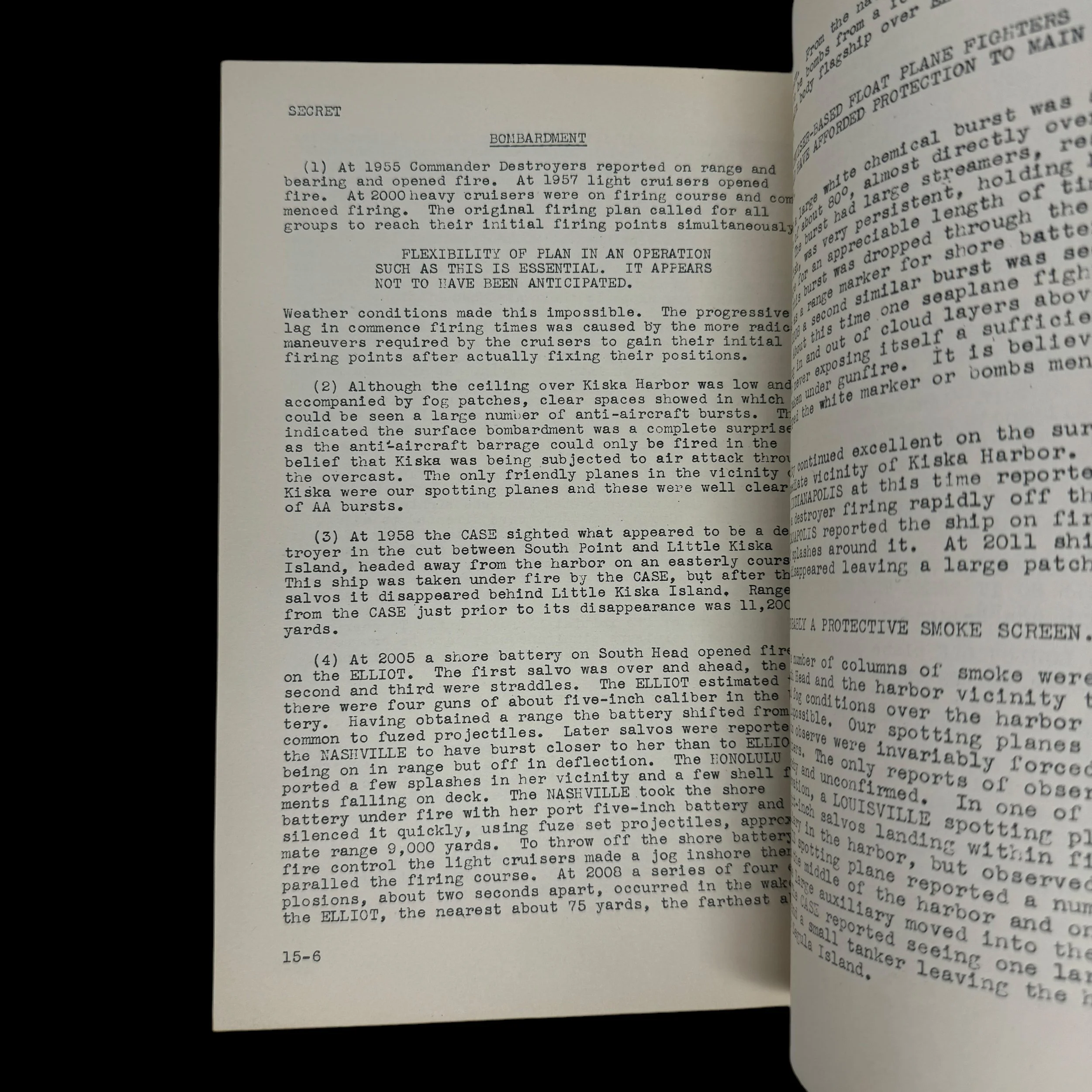
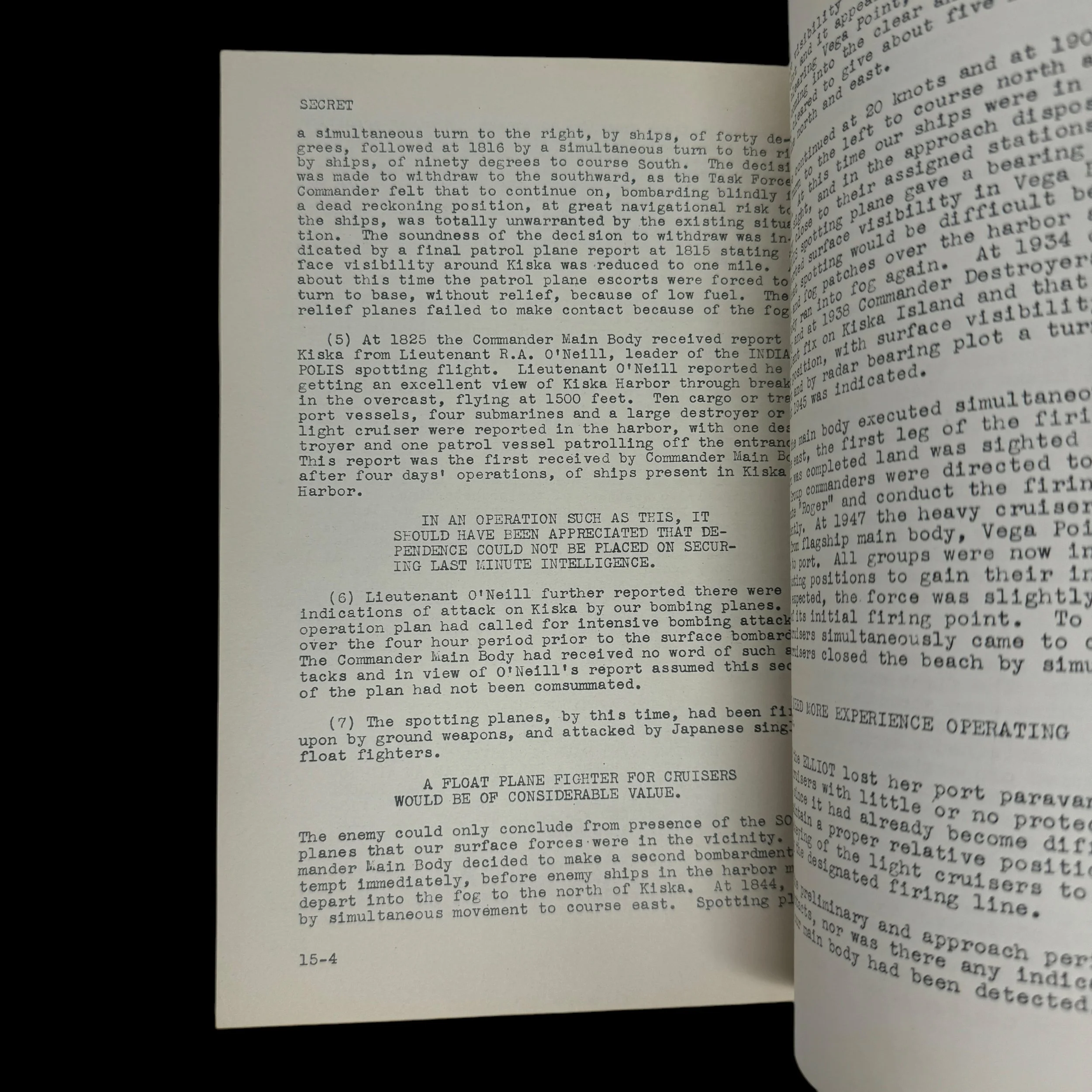
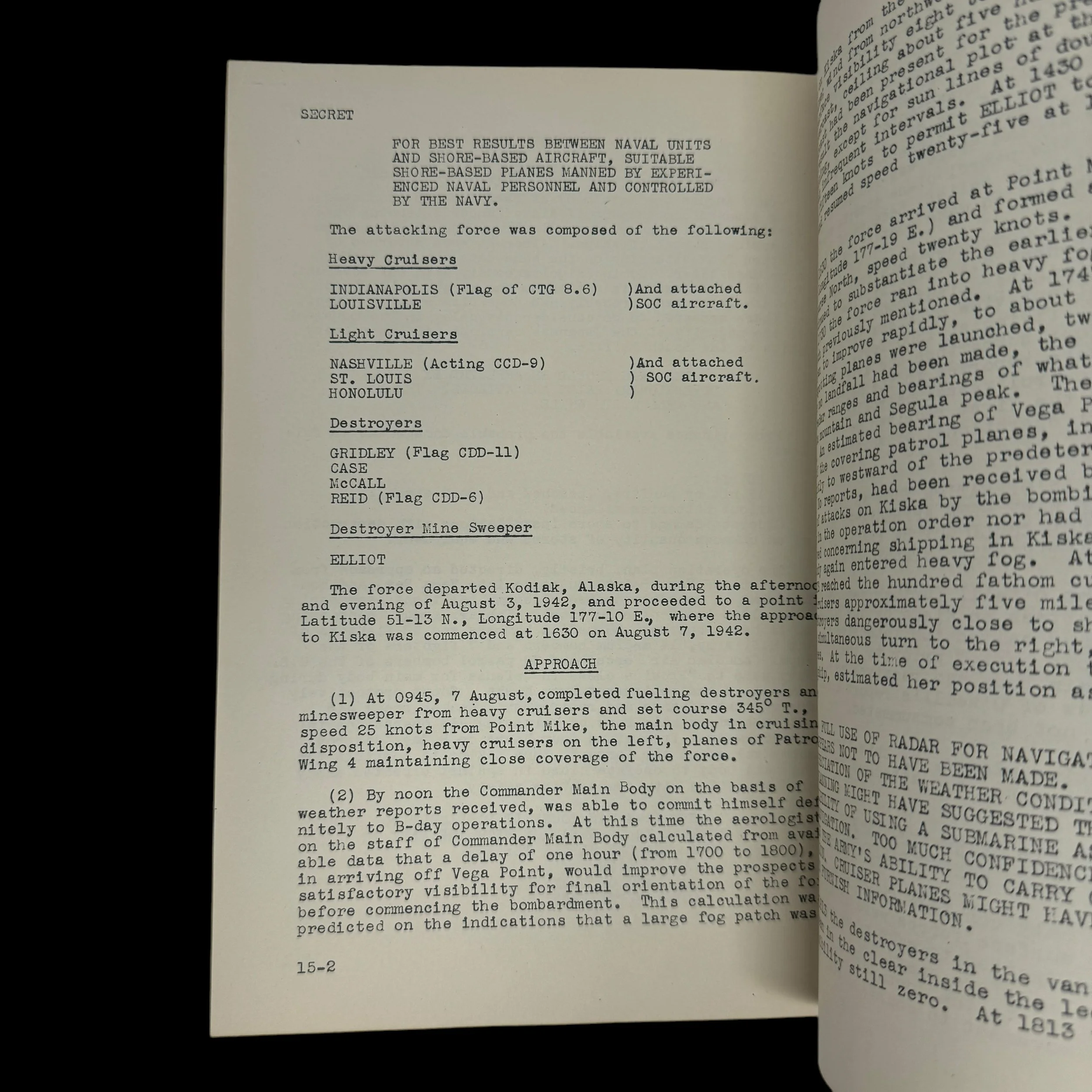
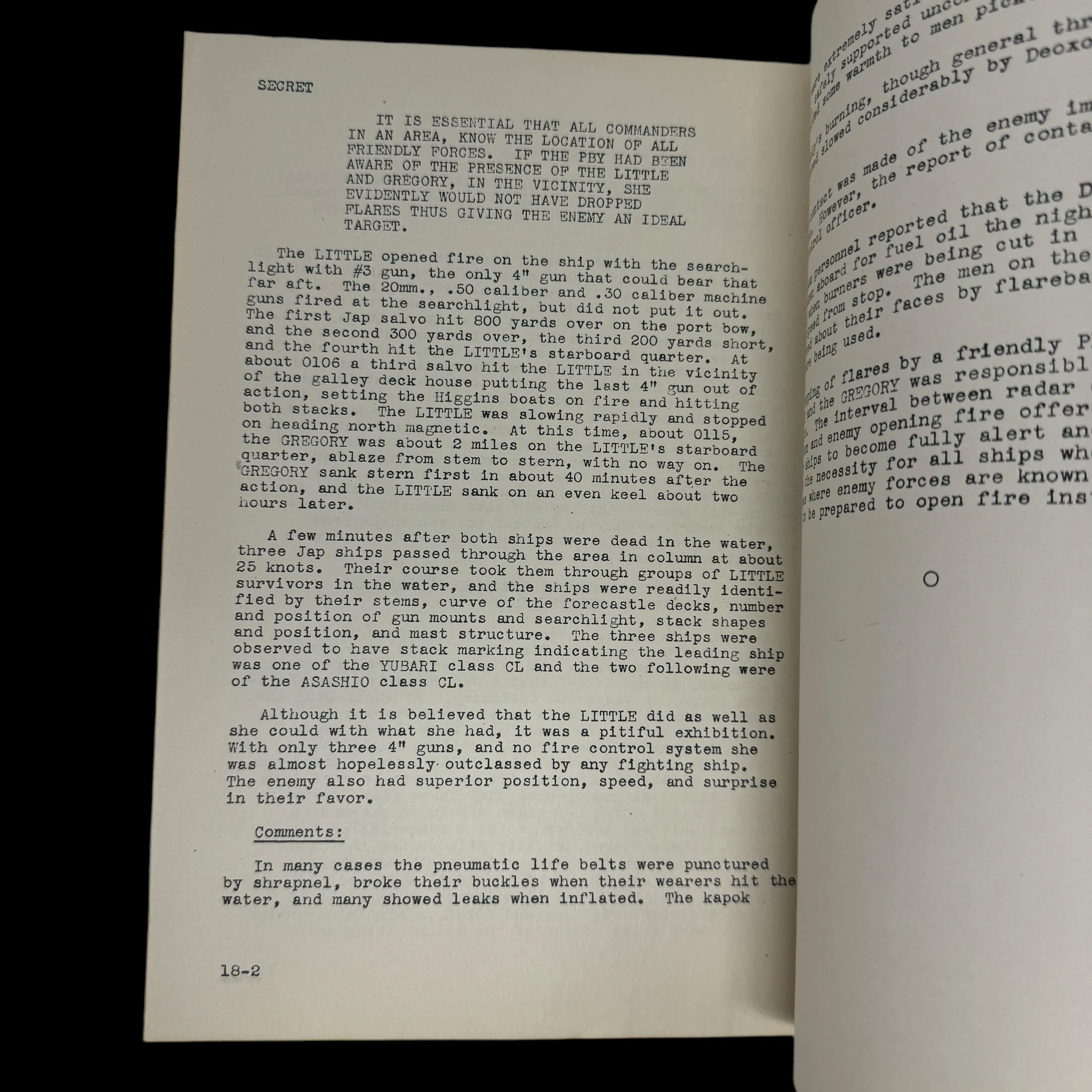
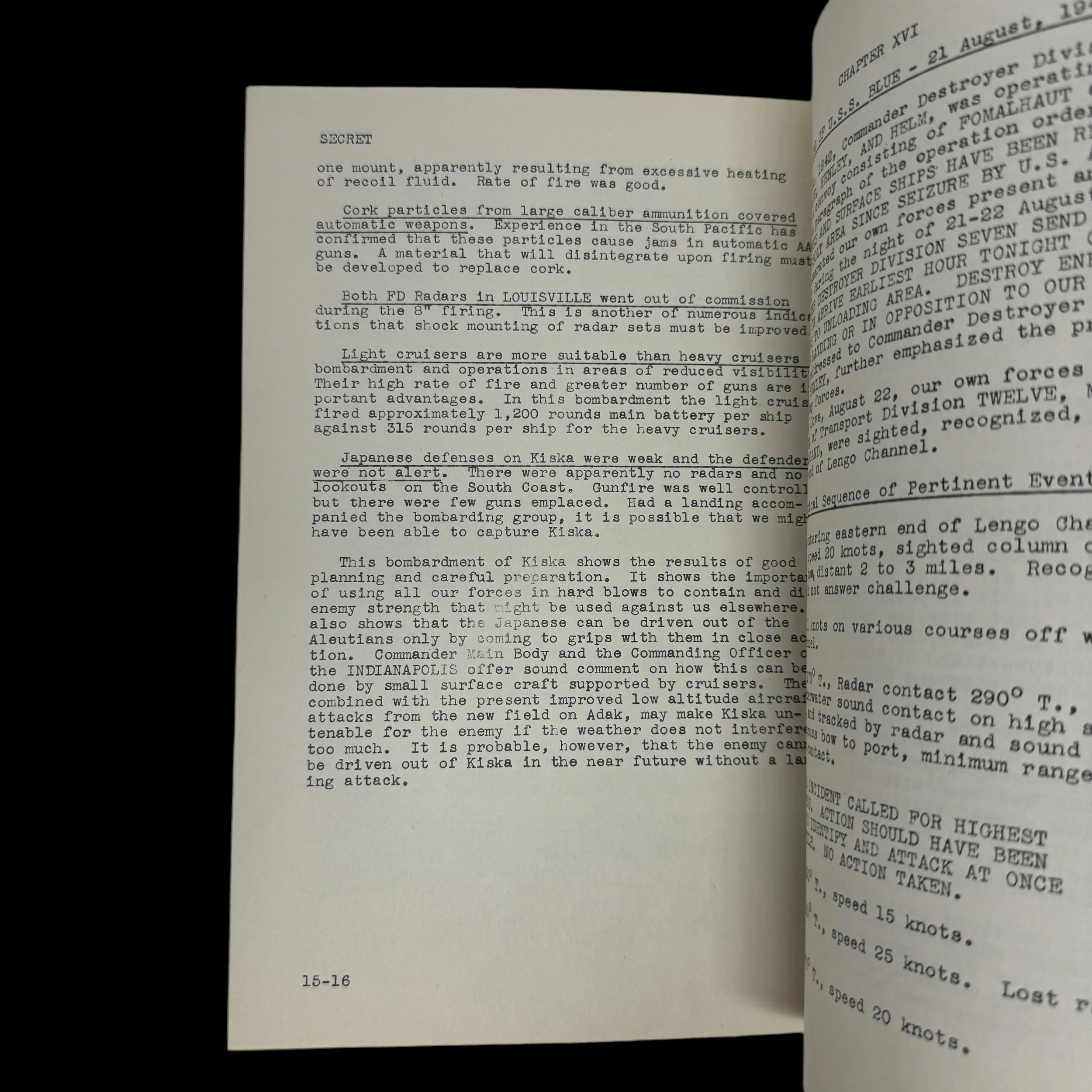
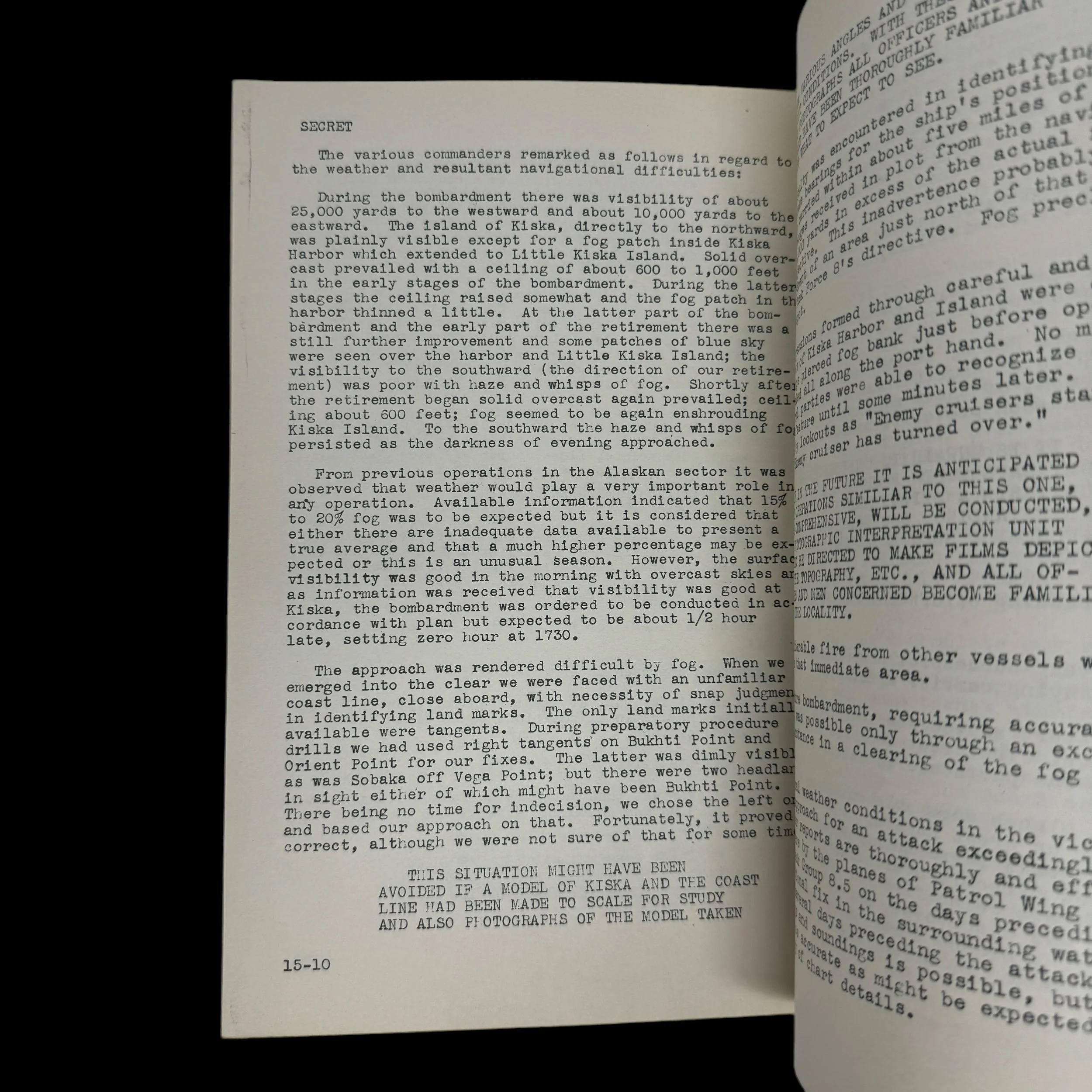
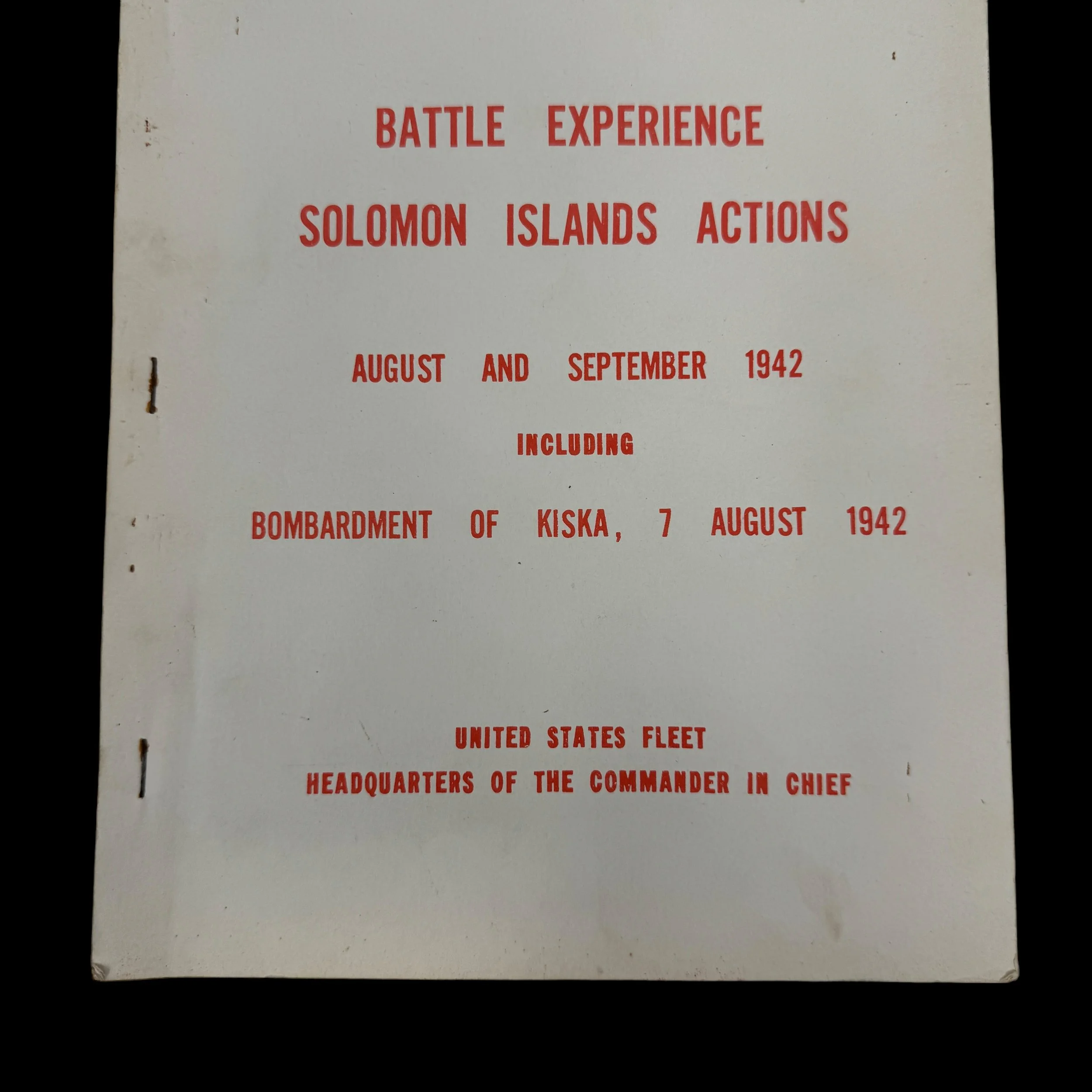
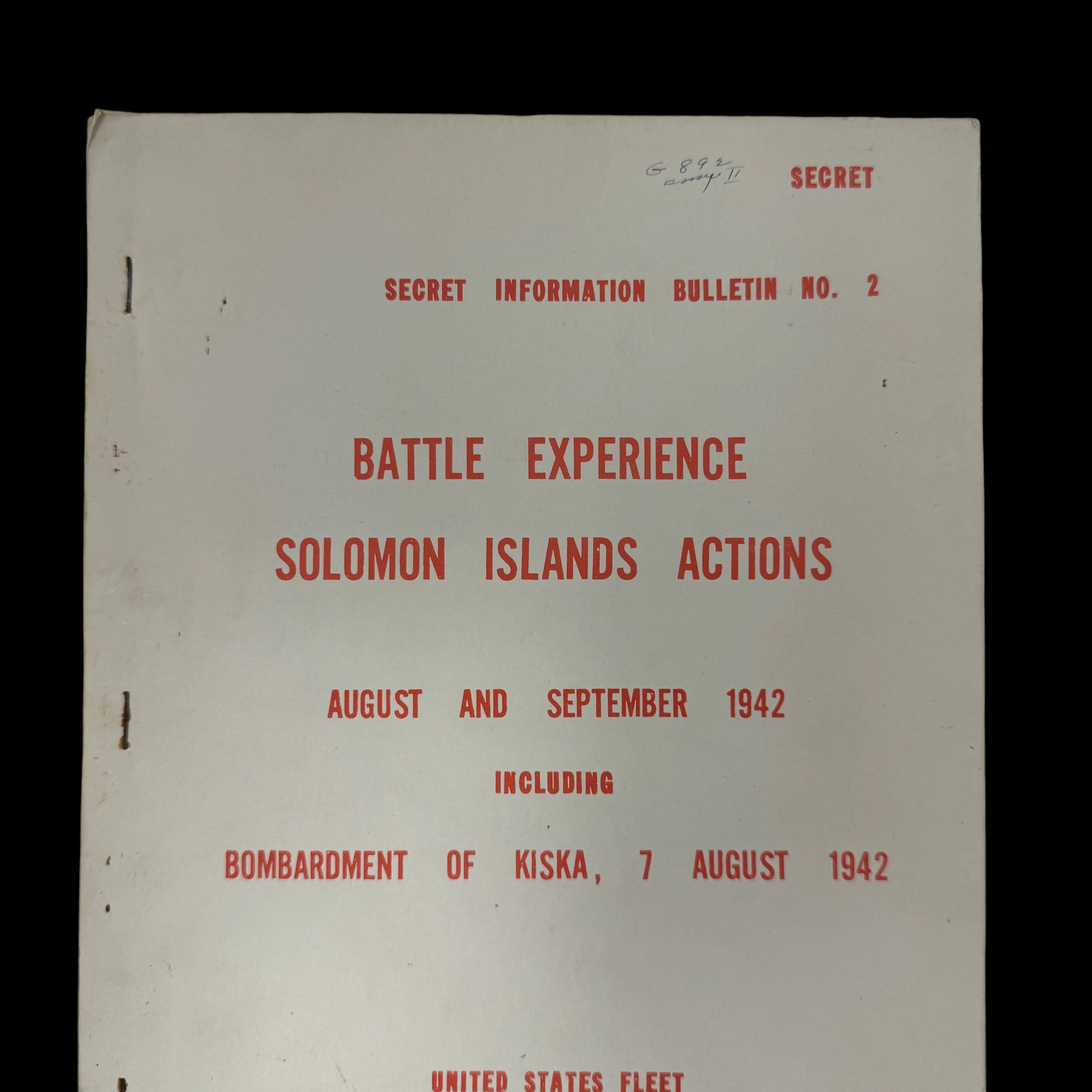
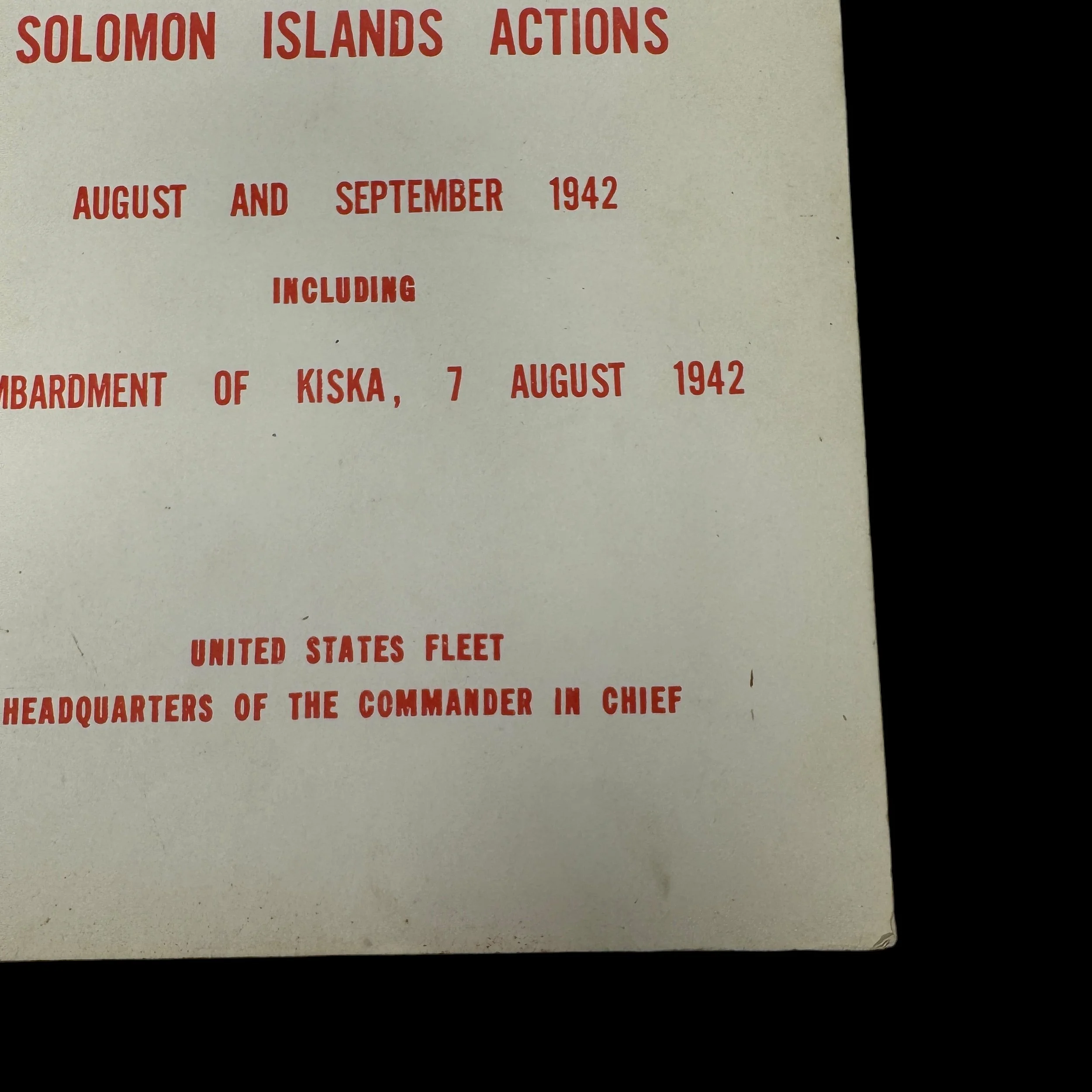


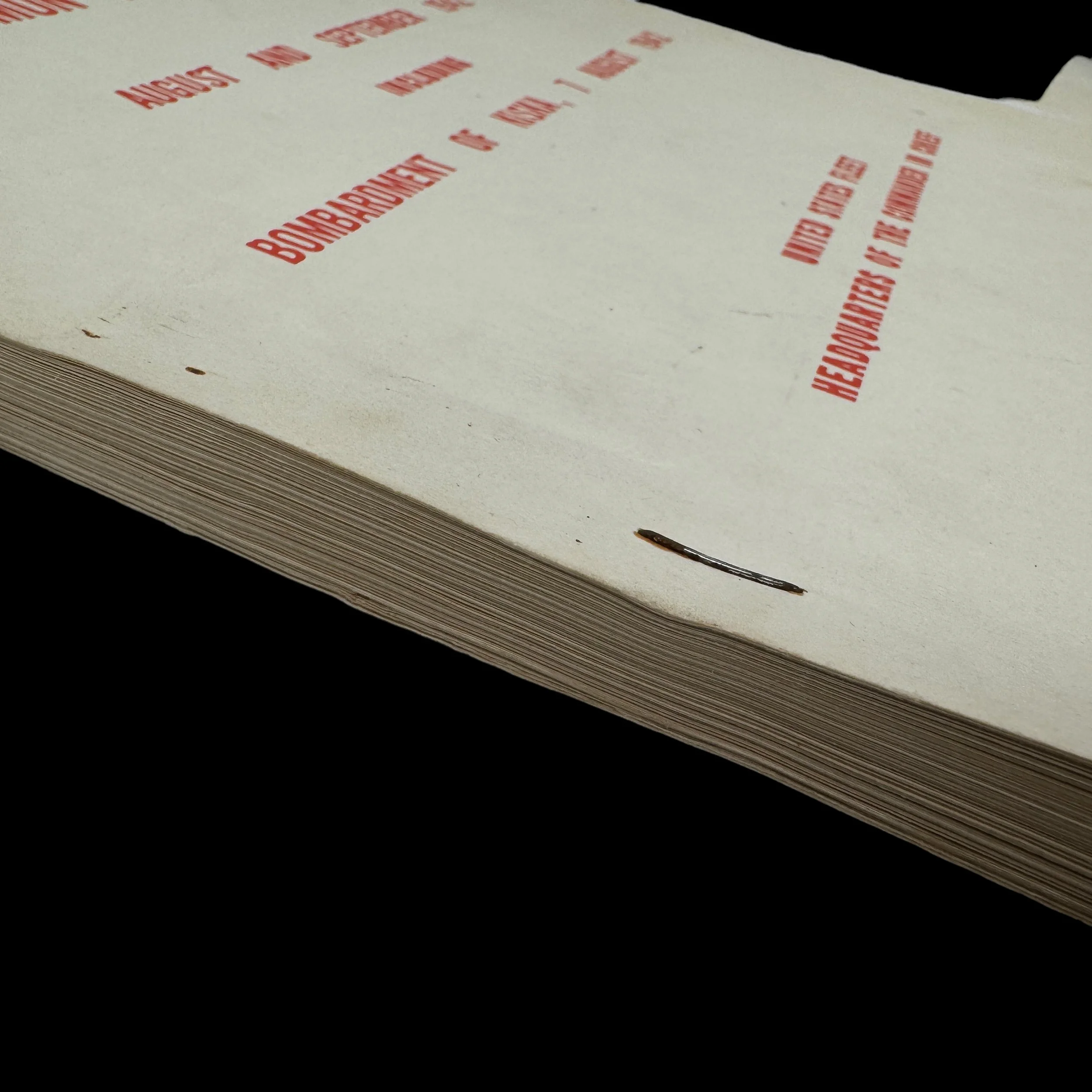

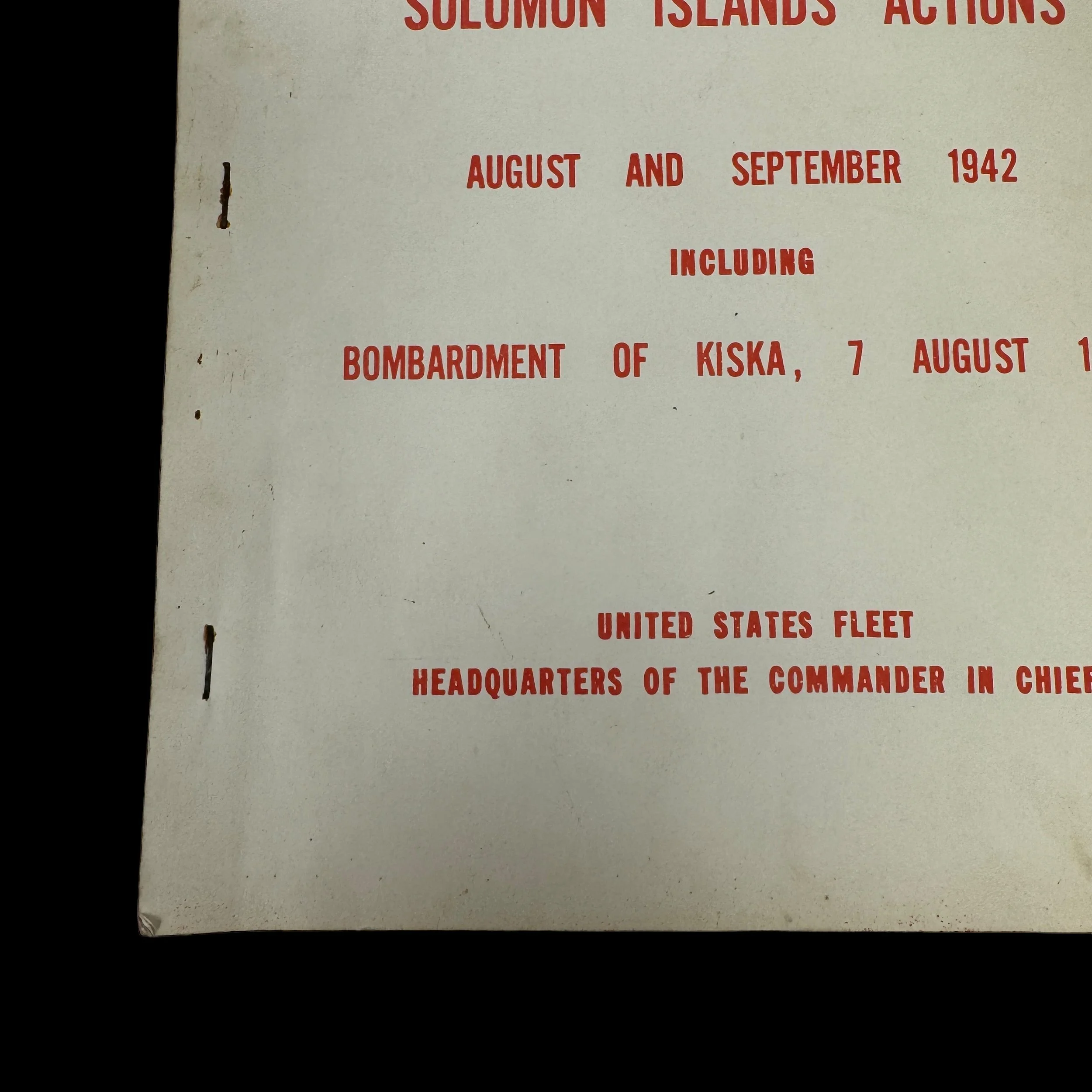
EXTREMELY RARE! WWII SECRET 1942 Solomon Islands & Kiska (Aleutian Islands Campaign) Headquarters of the Commander in Chief Military Intelligence Report
Comes with a hand-signed C.O.A.
This extraordinarily rare, museum-grade World War II artifact is an original "SECRET" marked "Battle Experience - Informational Bulletin," meticulously produced by the United States Fleet under the Headquarters of the Commander in Chief. During WWII, the operations and strategic planning of the U.S. Navy were directed by two prominent commanders: Admiral Chester W. Nimitz, Commander in Chief of the United States Pacific Fleet (CINCPAC), and Admiral Ernest J. King, Commander in Chief of the United States Fleet (CINCUS). Their combined leadership played a pivotal role in the Allied victory.
This highly classified and intricately detailed bulletin, issued by the Headquarters of the Commander in Chief, contains secret military maps, intelligence reports, tactical movements, and a unique compilation of "battle experiences." These experiences were drawn from war diaries and battle reports submitted by various commanders and ships engaged in key operations. The bulletin was printed in extremely limited quantities, strictly for the eyes of high-ranking military officials, including Officers and Generals.
The rarity of this document is underscored by the directive on its first page, which states: "Information must not fall into enemy hands - when no longer required they shall be destroyed by burning. No report of destruction need be submitted." As a result, only a handful of these original "SECRET" "Battle Experience - Informational Bulletins" are believed to still exist.
This particular "SECRET INFORMATION BULLETIN NO. 2" is a remarkable example, titled "Battle Experience - Solomon Islands Actions - August and September 1942 & Including Bombardment of Kiska 7 August 1942." It offers an unparalleled glimpse into the strategic operations and experiences of the United States Navy during some of the most crucial campaigns of the Pacific Theater.
Solomon Islands Actions - August and September 1942:
The Solomon Islands campaign in August and September 1942 marked a crucial turning point in the Pacific Theater of World War II, centering around the fierce struggle for control of Guadalcanal and its strategic airfield, Henderson Field. The campaign began with the U.S. Marines' surprise landings on August 7, followed by intense naval, air, and ground battles as the Japanese sought to reclaim the island. Despite setbacks like the devastating Battle of Savo Island, the Allies held their ground, notably during the pivotal Battle of Edson's Ridge. Air power, particularly from the "Cactus Air Force," played a critical role in repelling Japanese attacks, while naval engagements like the Battle of the Eastern Solomons further weakened Japanese reinforcements. The successful defense of Guadalcanal during these months shifted the momentum in favor of the Allies, setting the stage for future victories in the Pacific.
Bombardment of Kiska 7 August 1942:
The bombardment of Kiska on August 7, 1942, was a key operation in the Aleutian Islands Campaign during World War II, aimed at weakening Japanese defenses on the island and preparing for a potential U.S. invasion. Despite the challenges posed by the harsh weather and rugged terrain, which limited the effectiveness of the bombardment, it marked the beginning of a sustained American effort to reclaim the Aleutian Islands. Although the operation's immediate results were mixed, it demonstrated the U.S. commitment to defending its territory and provided valuable experience in conducting military operations in extreme conditions. The Aleutian Campaign, including the bombardment of Kiska, played a crucial role in securing the northern Pacific and preventing Japanese advances toward the U.S. mainland.